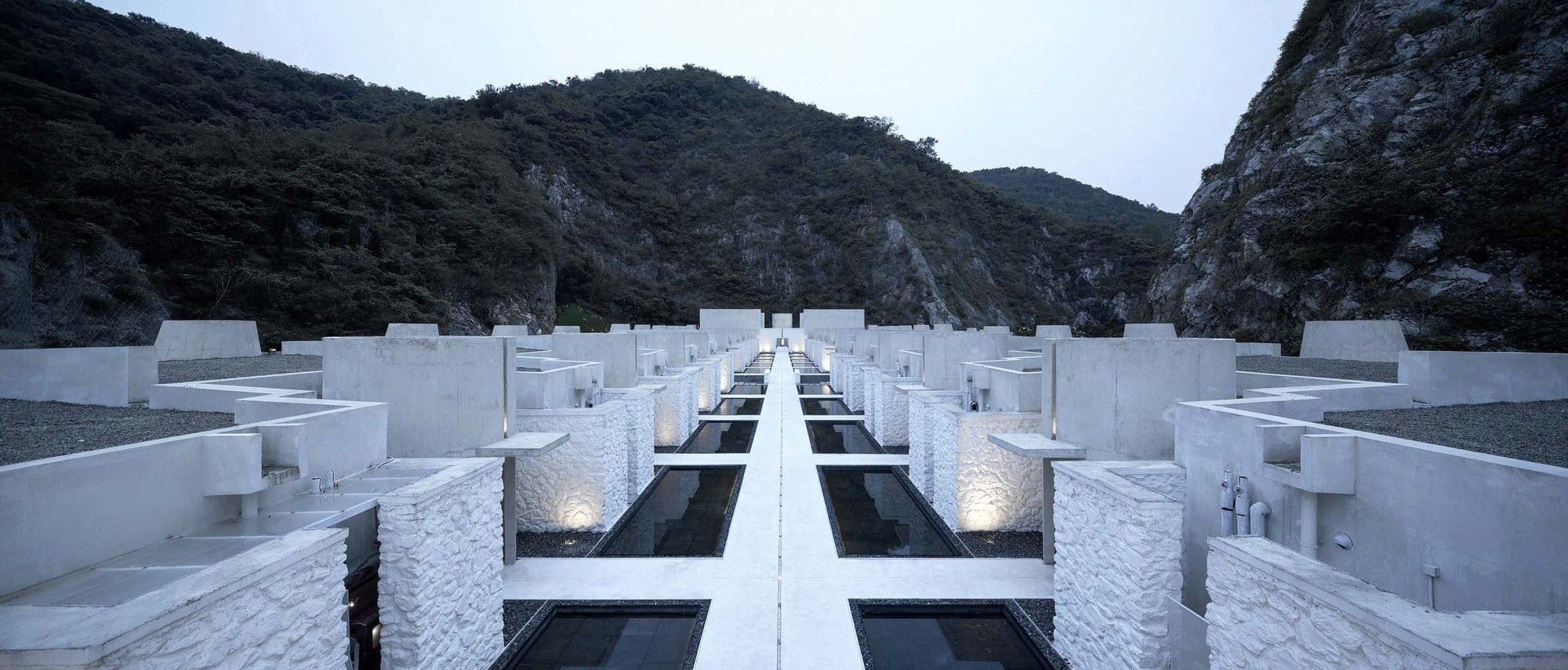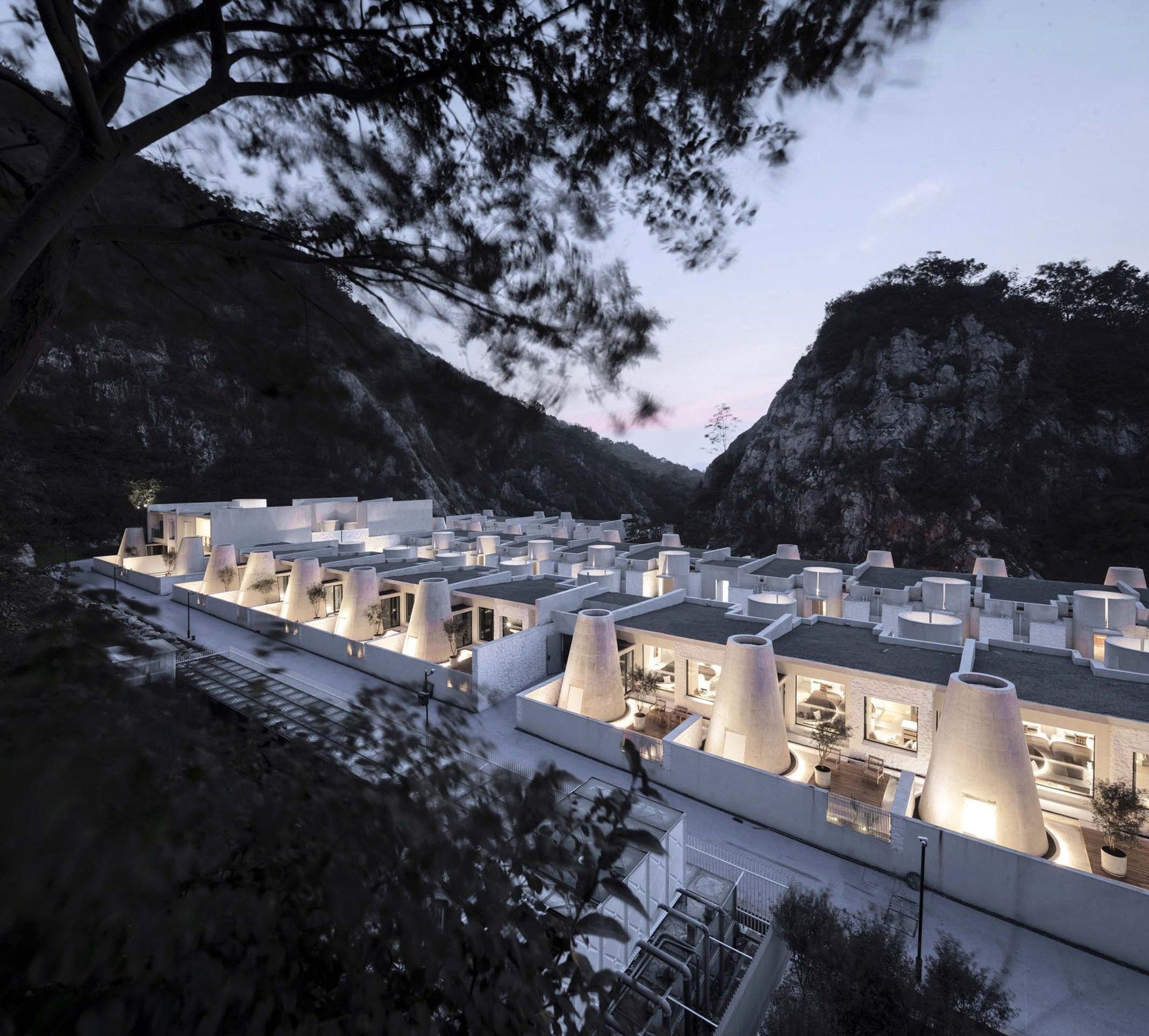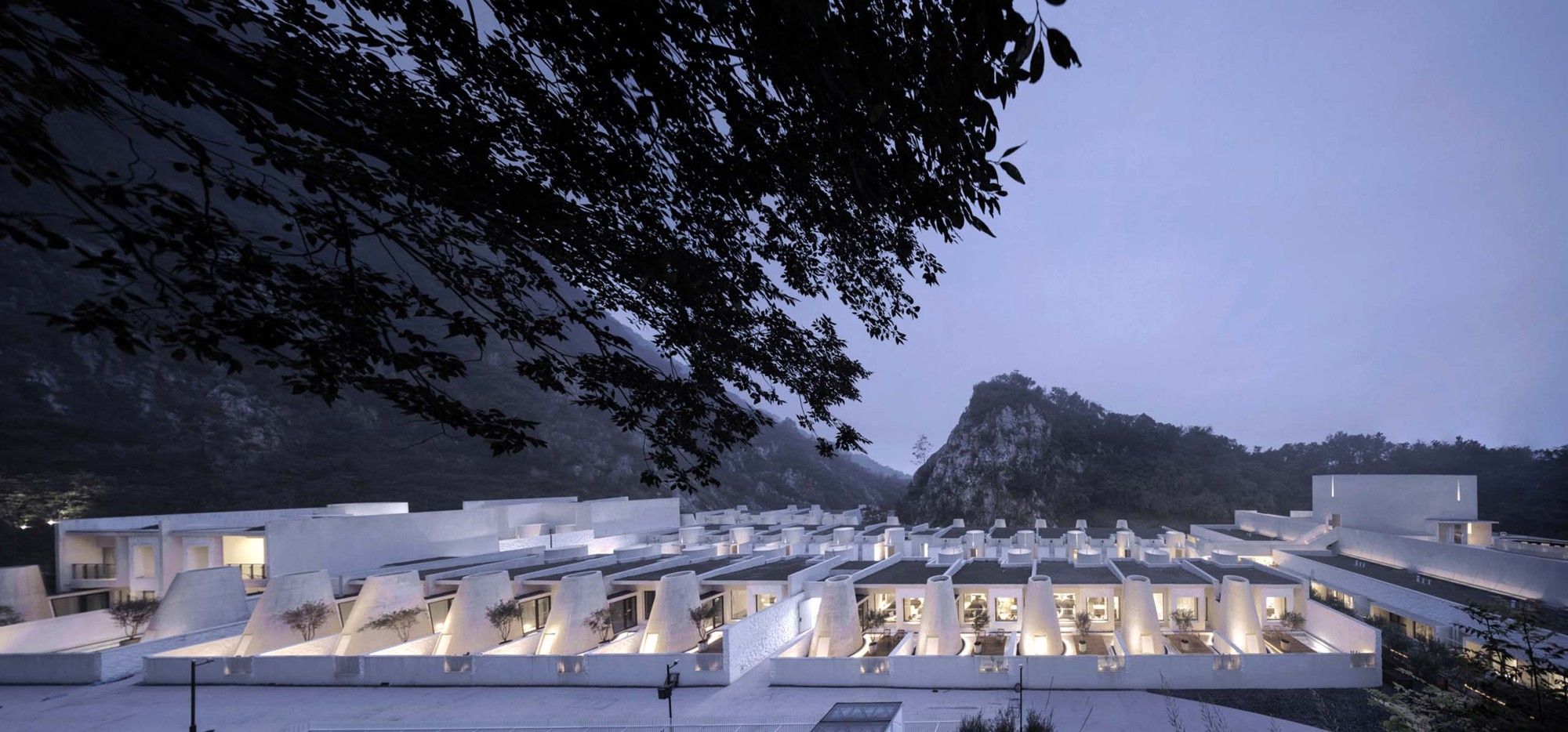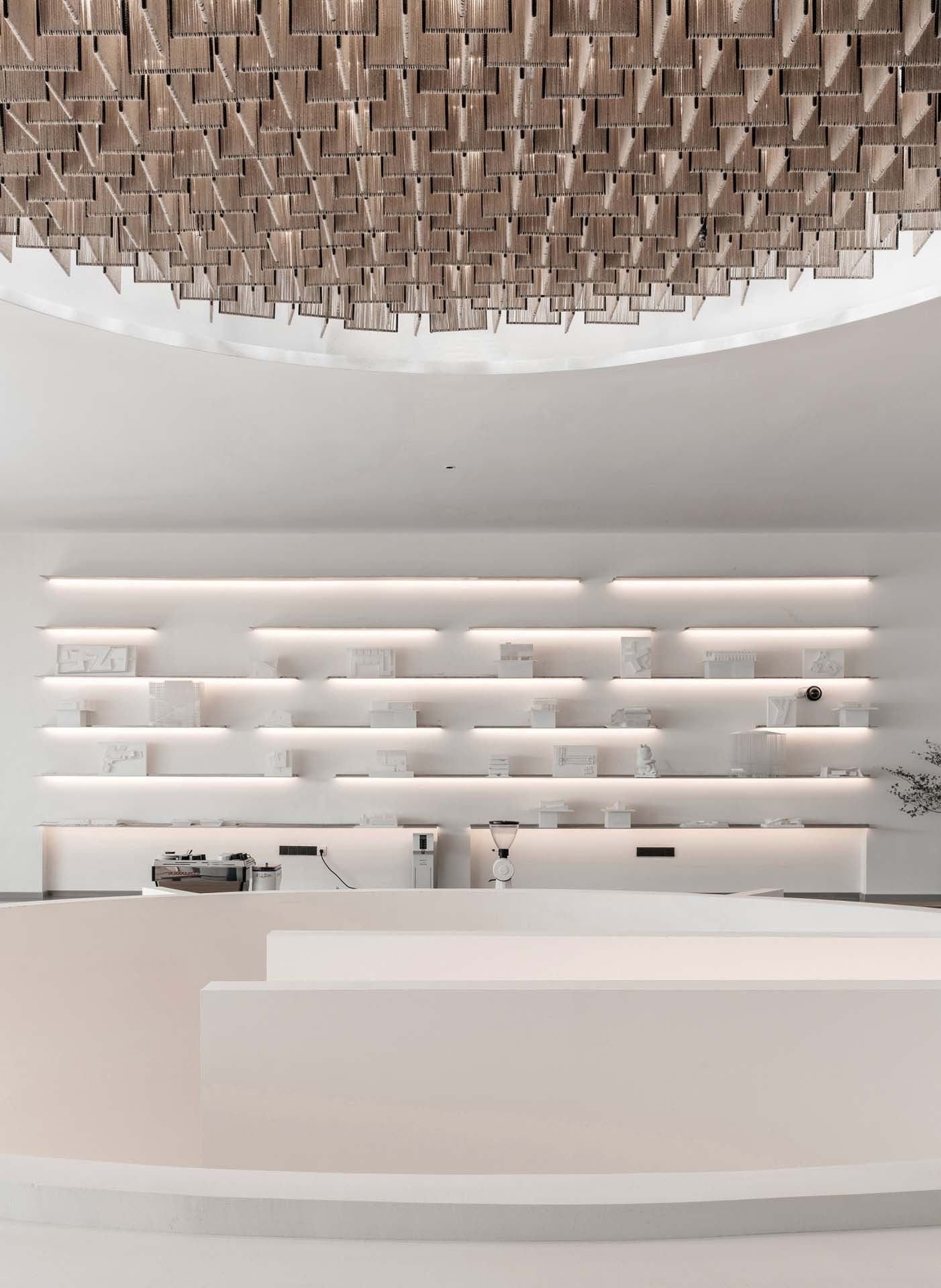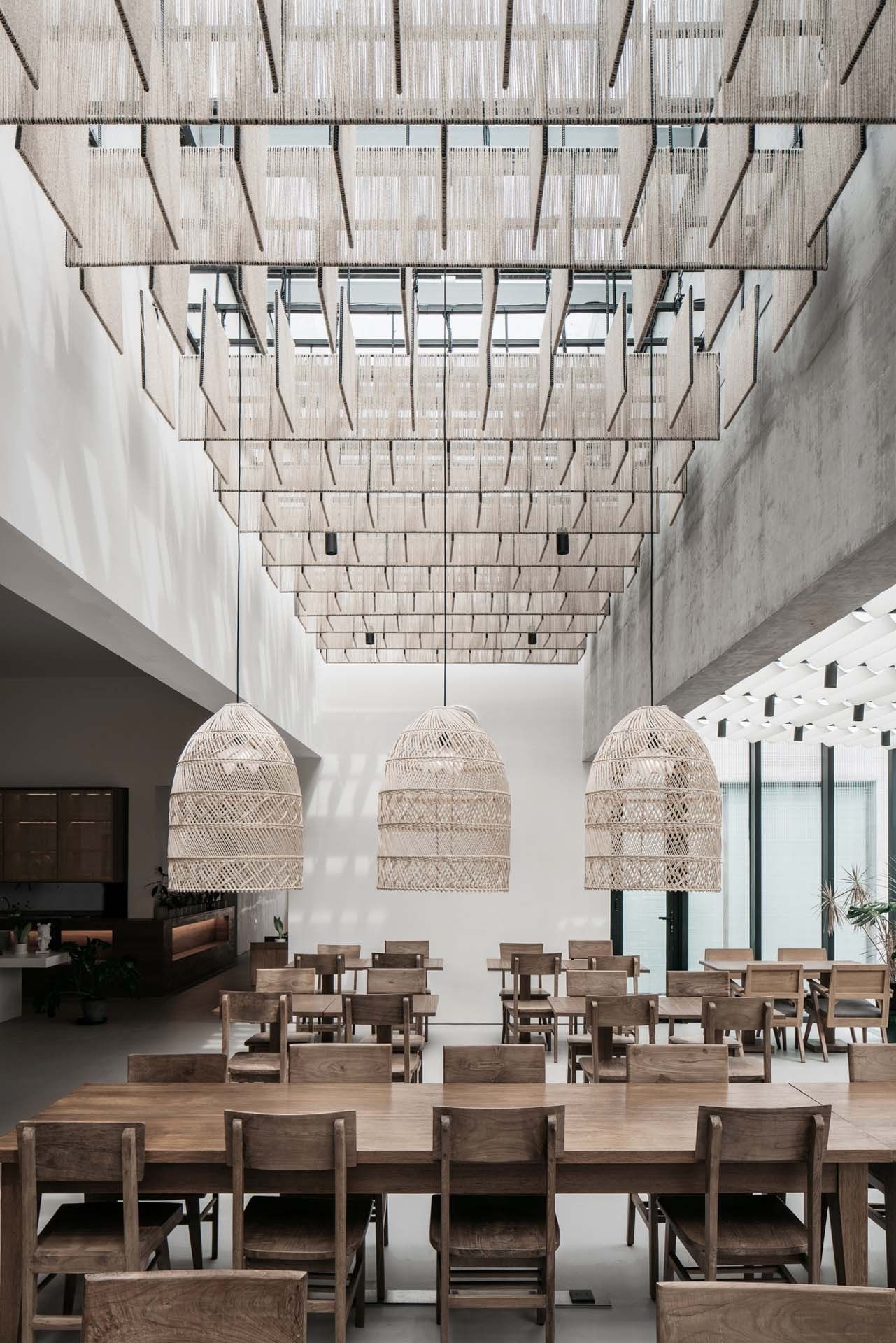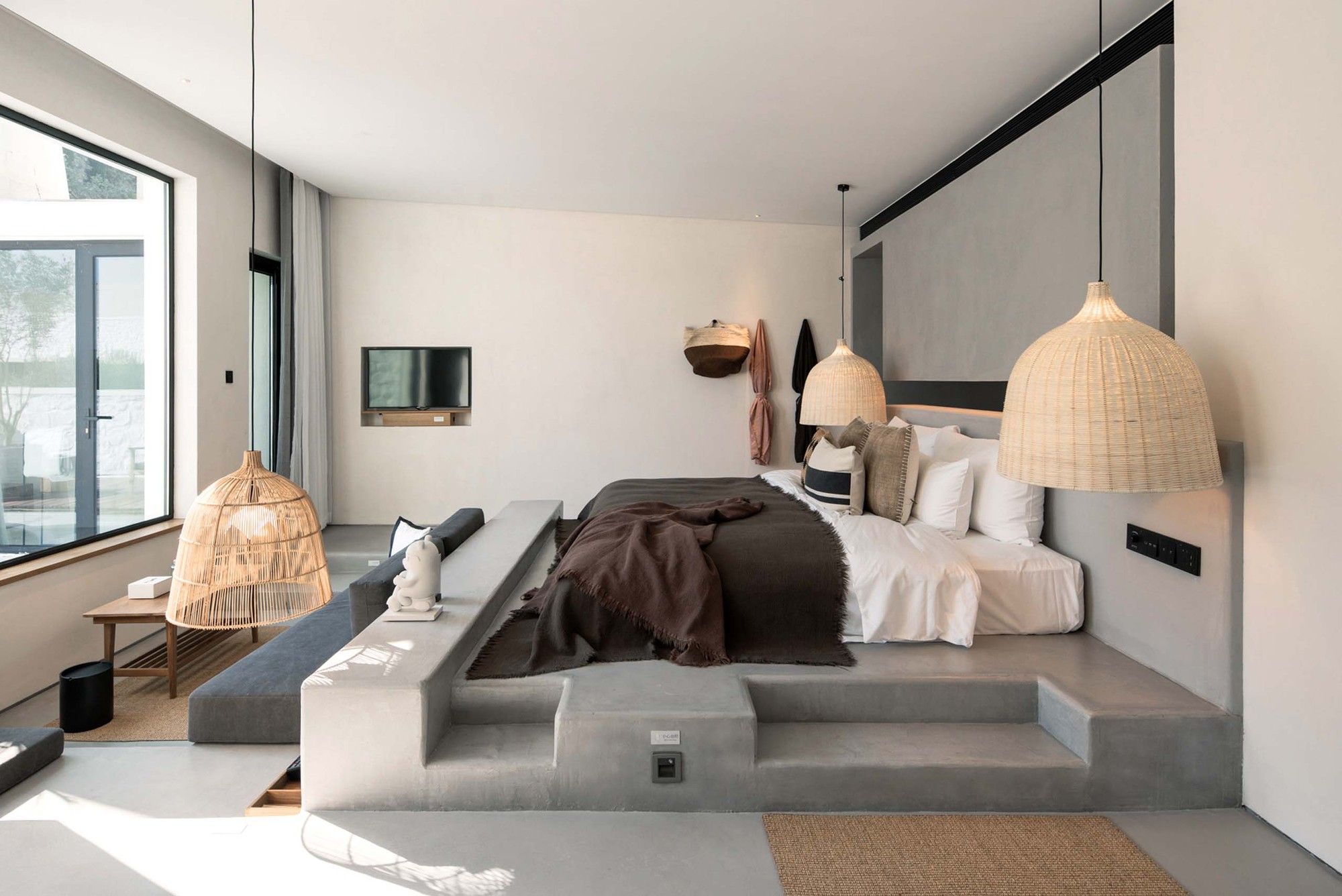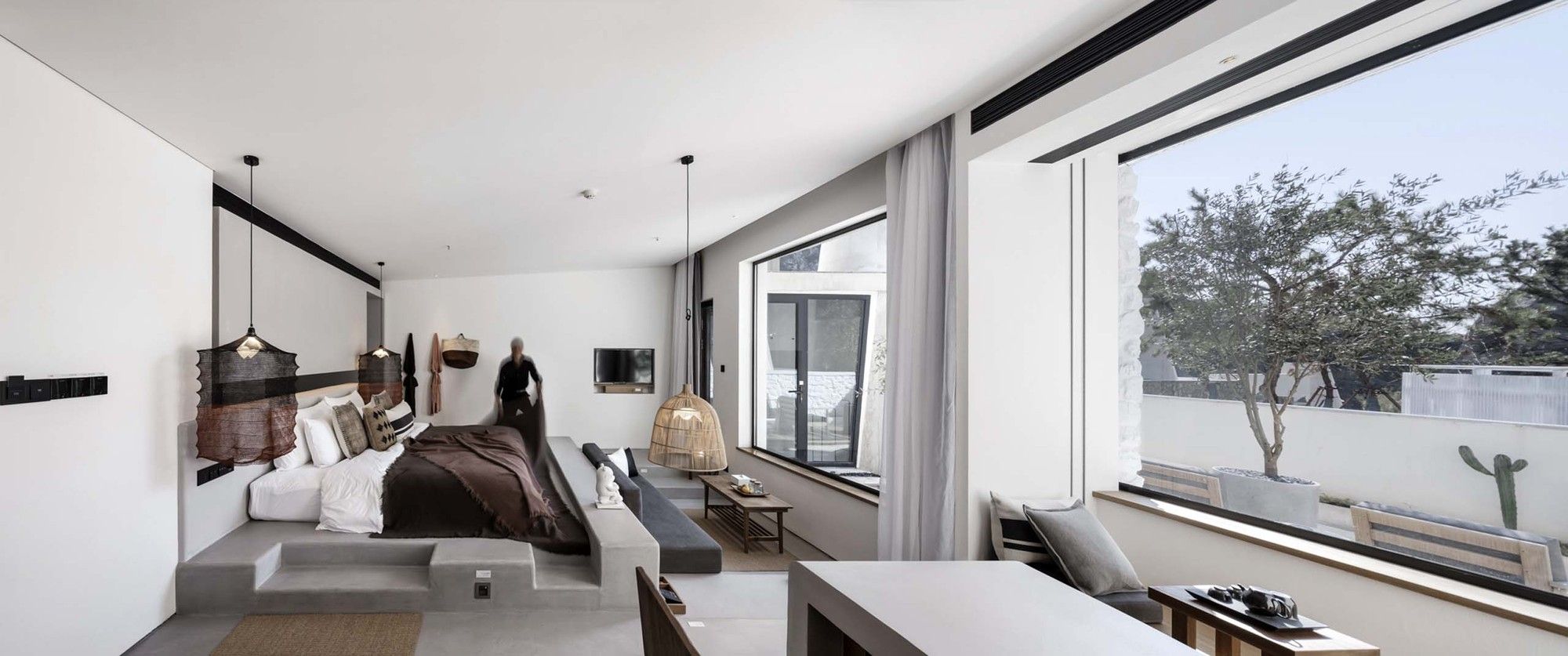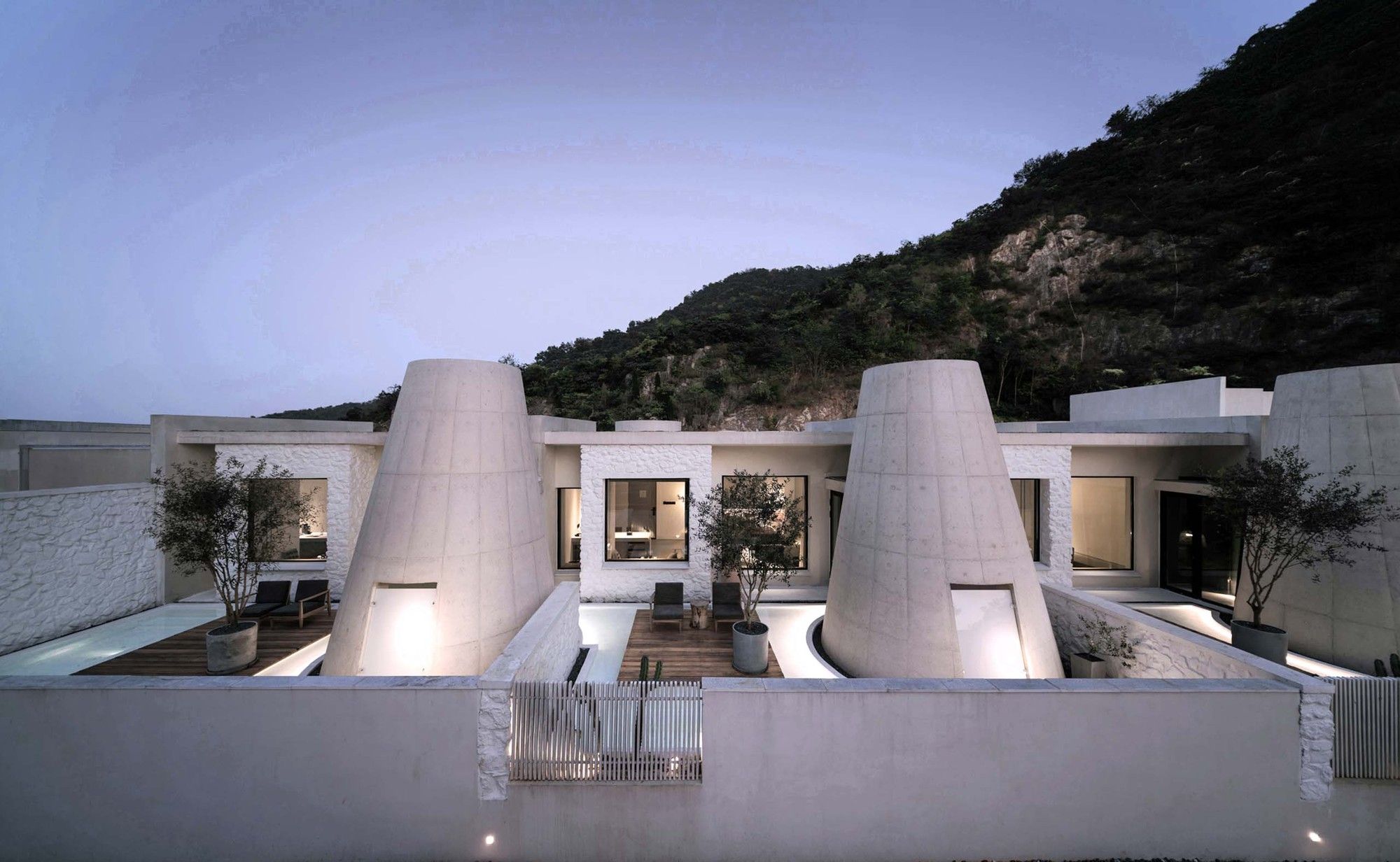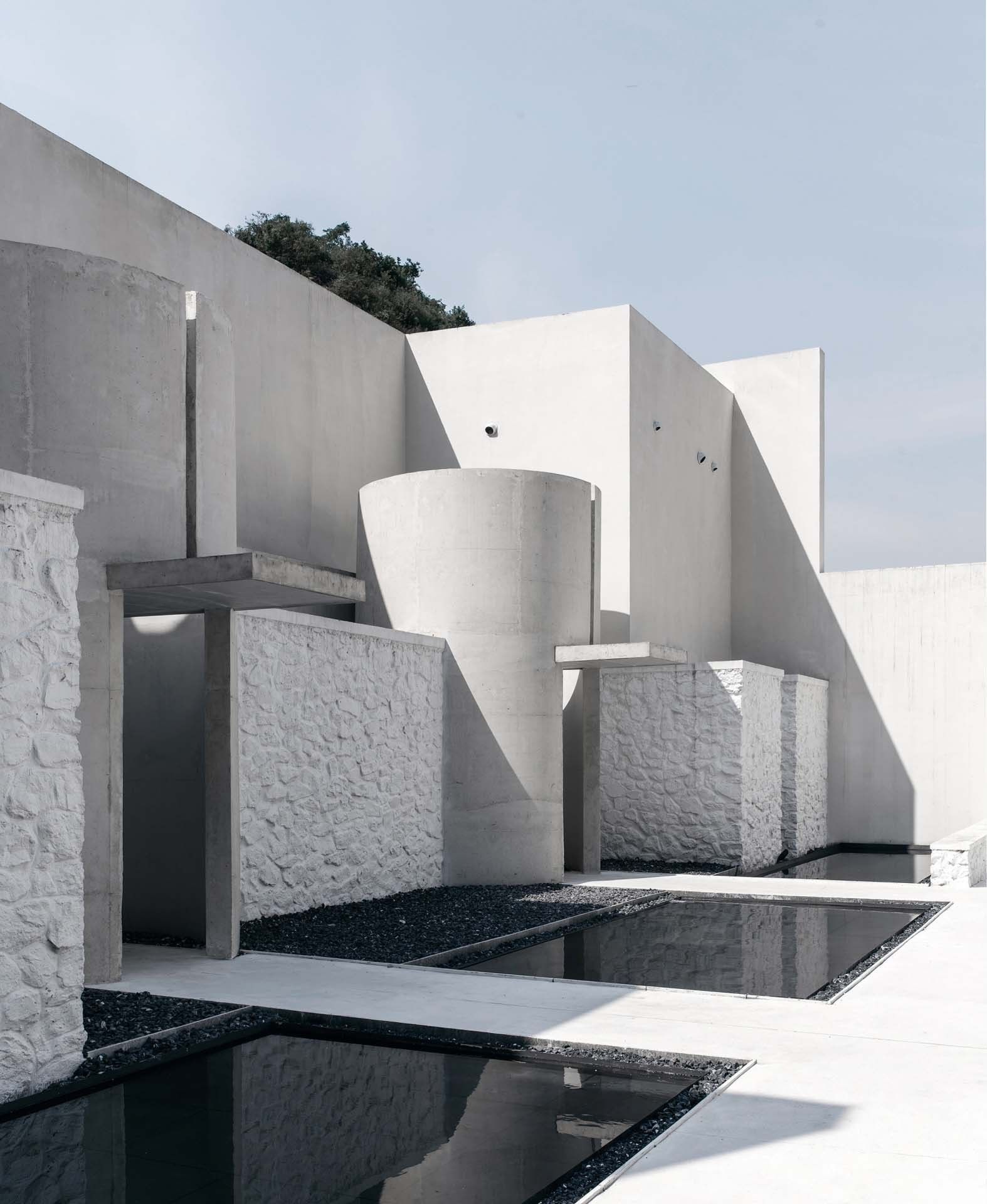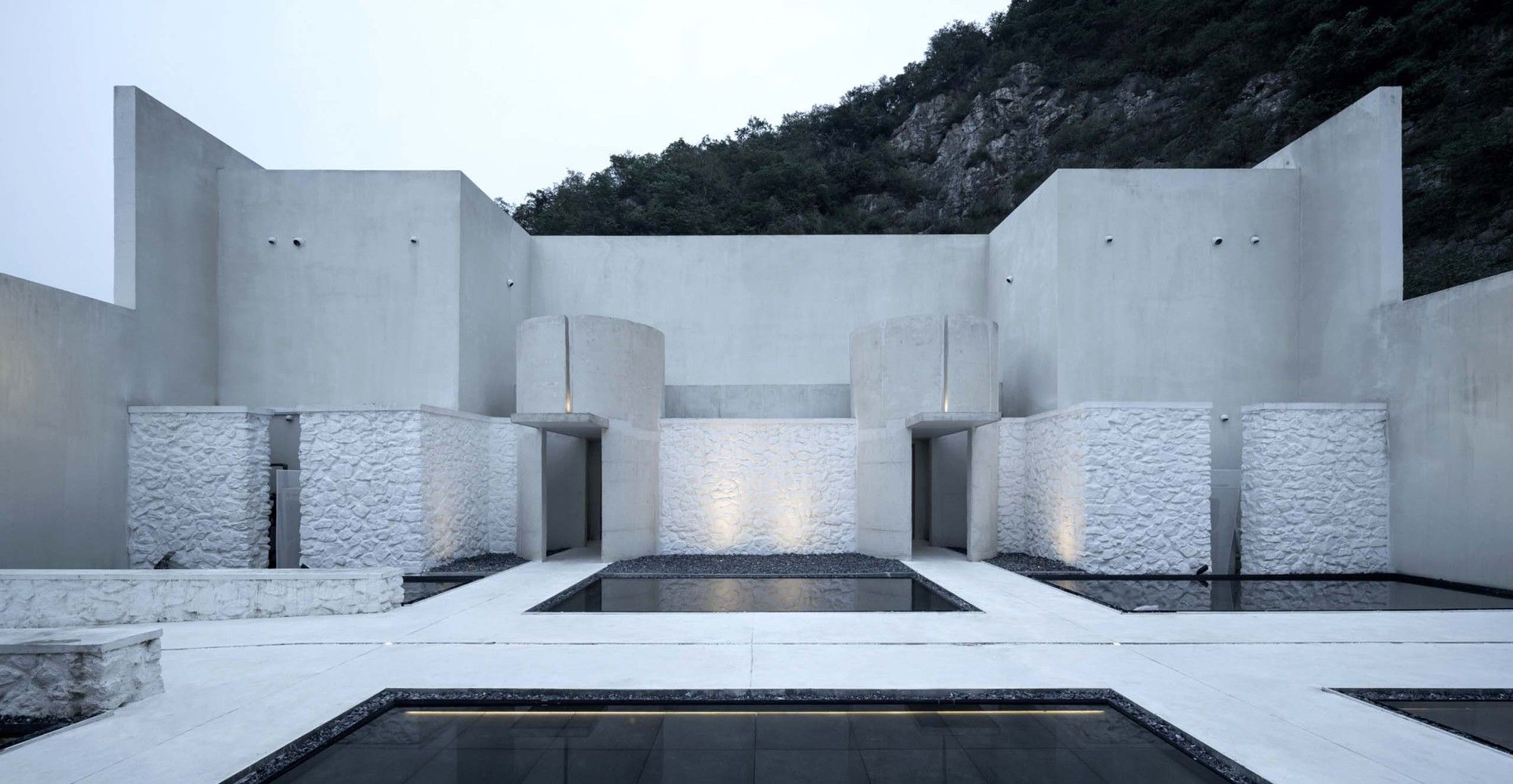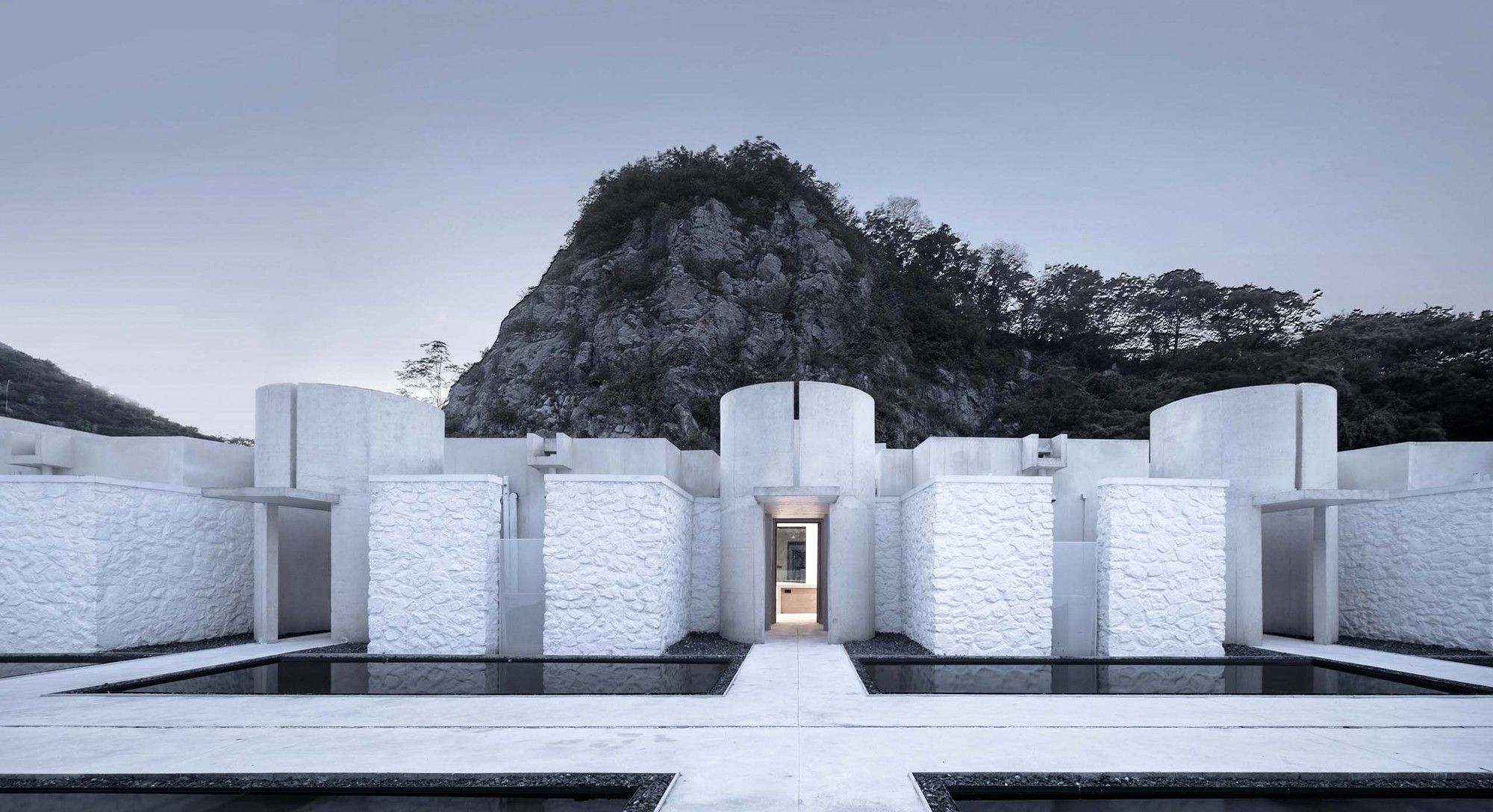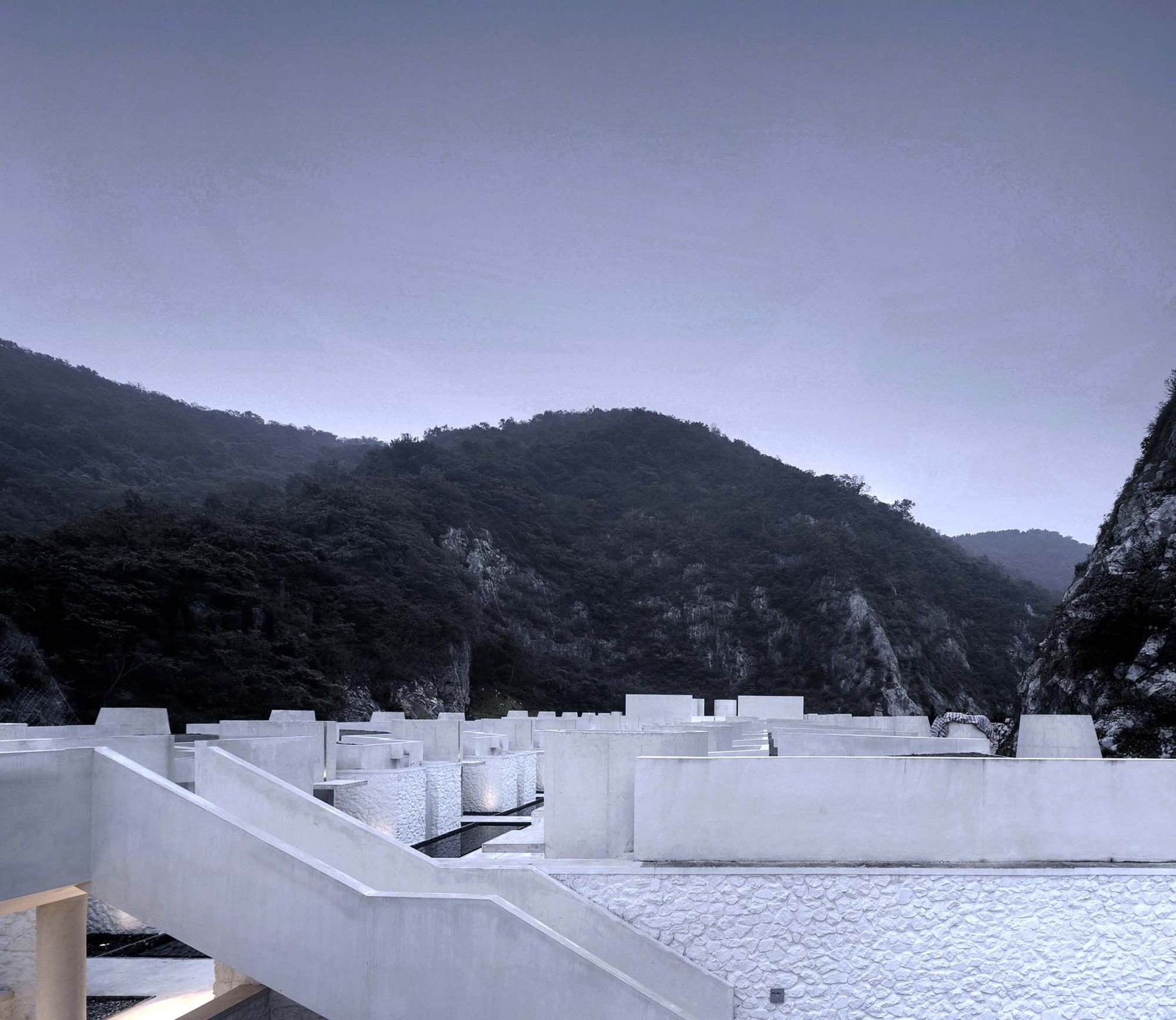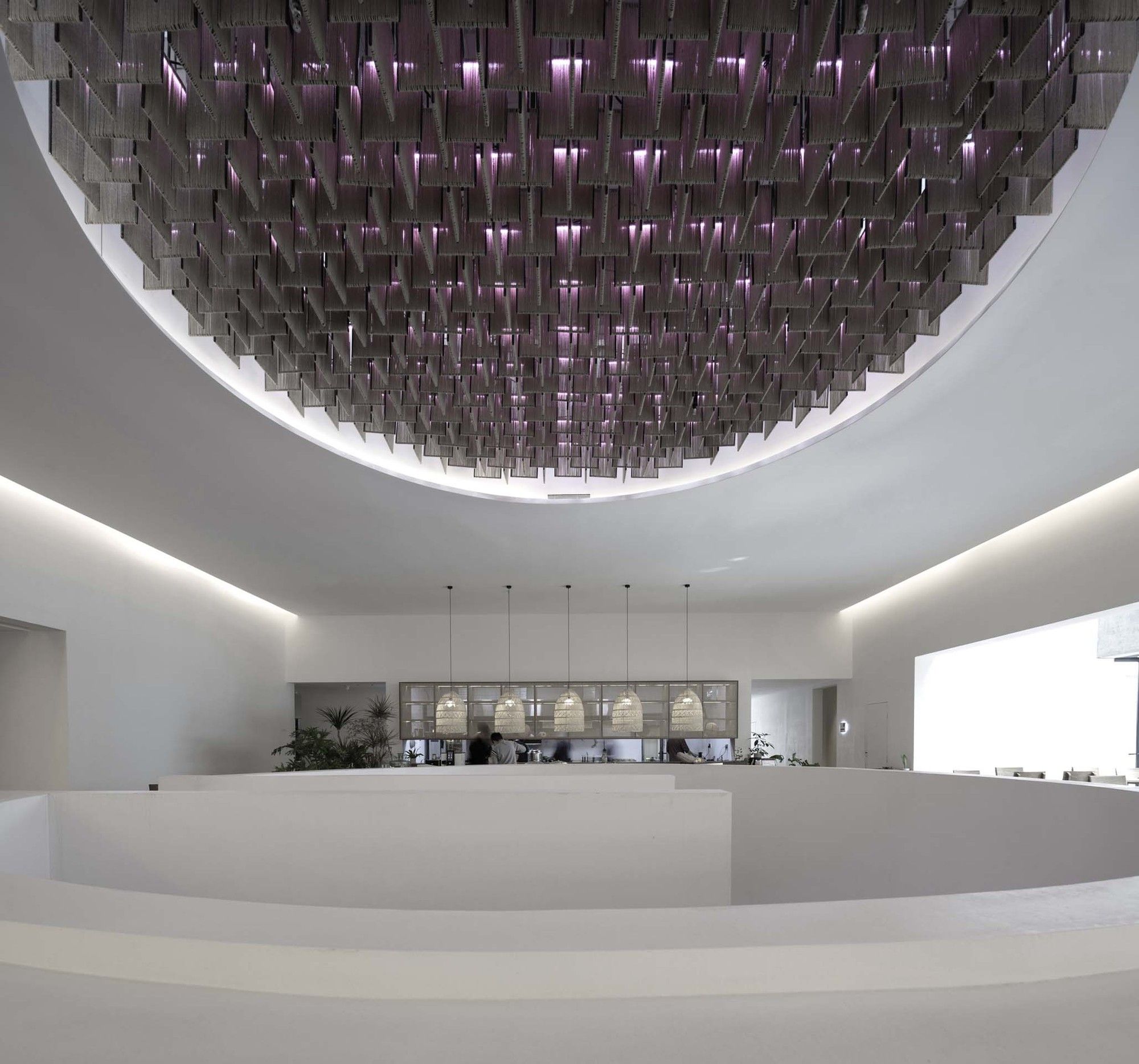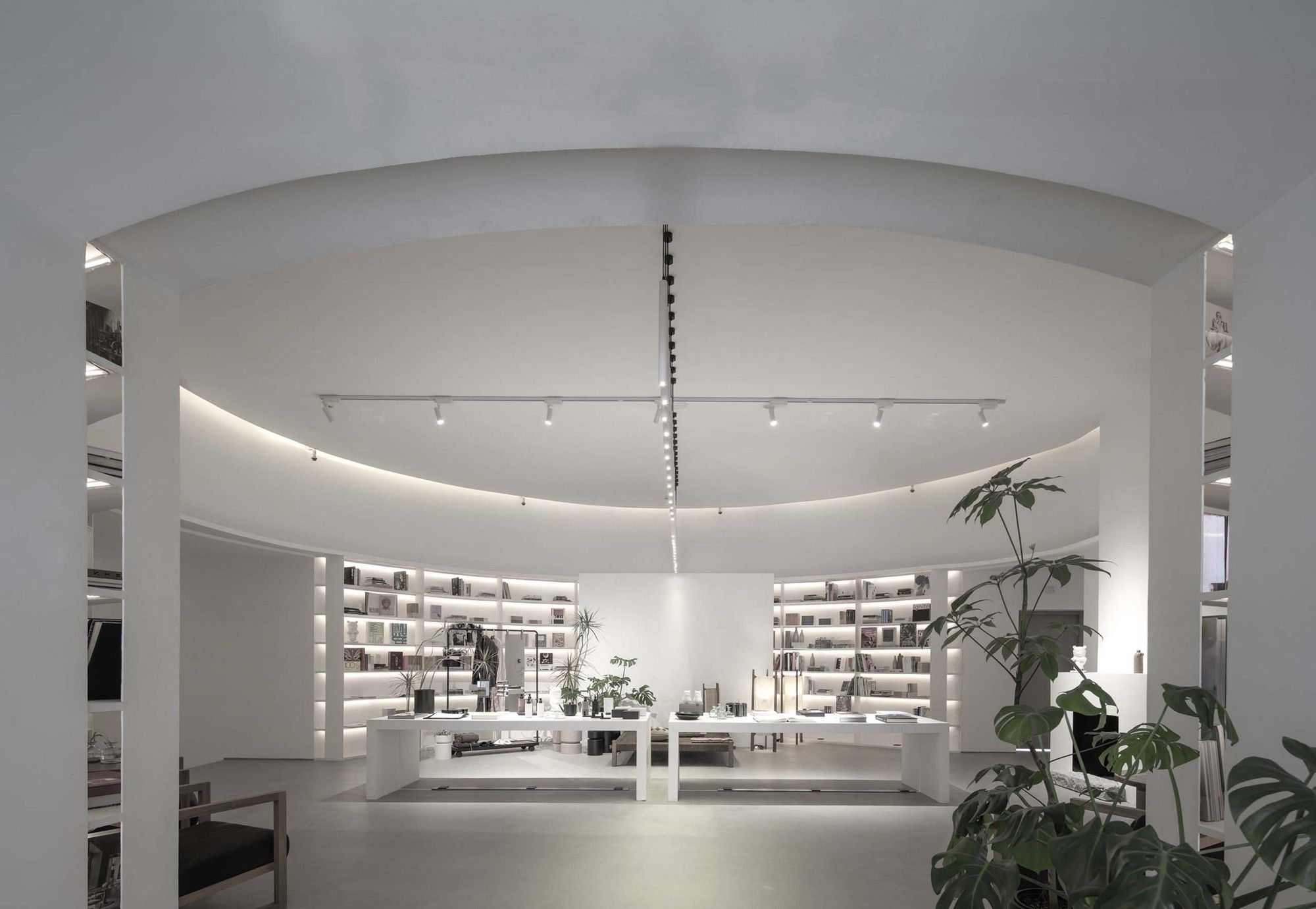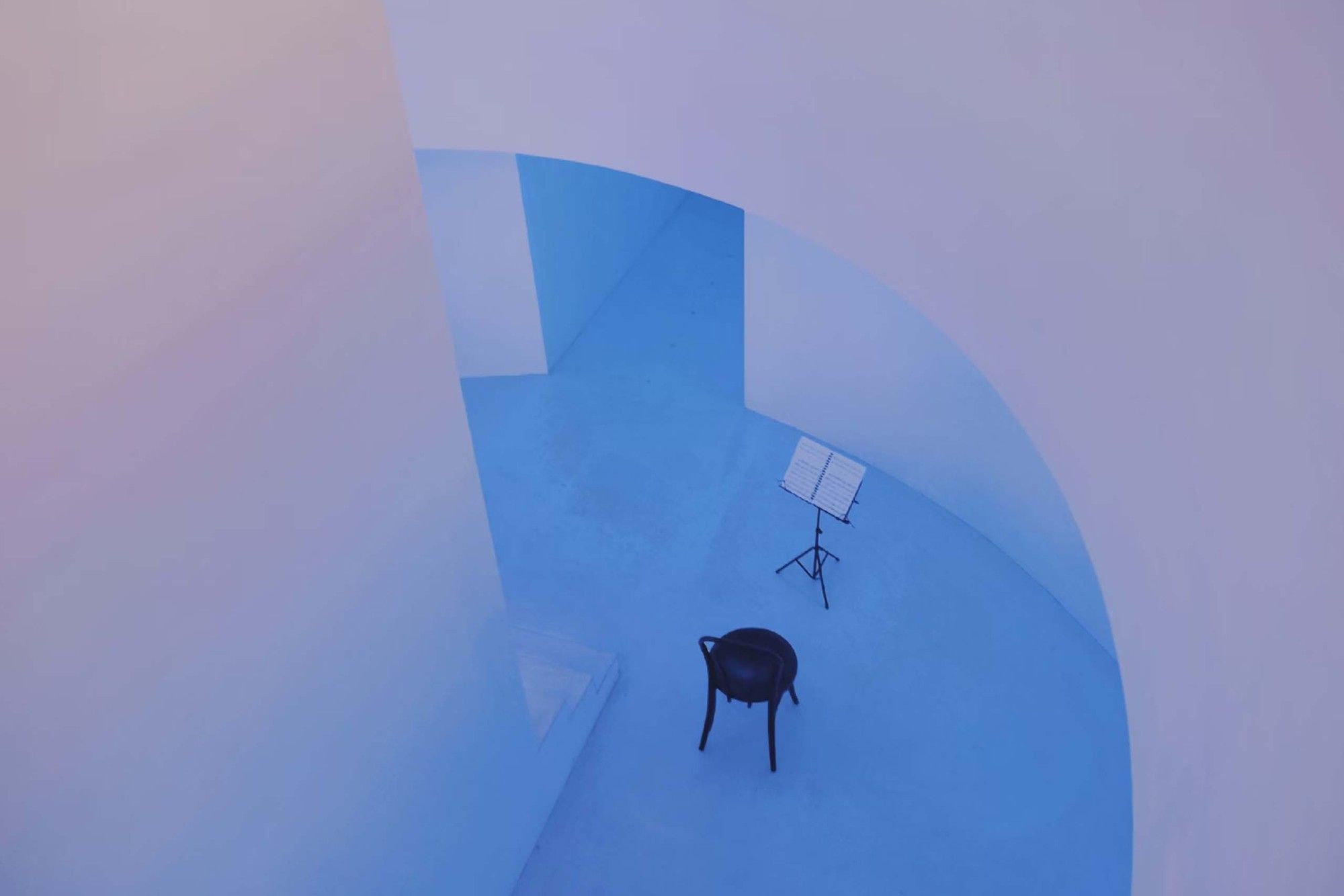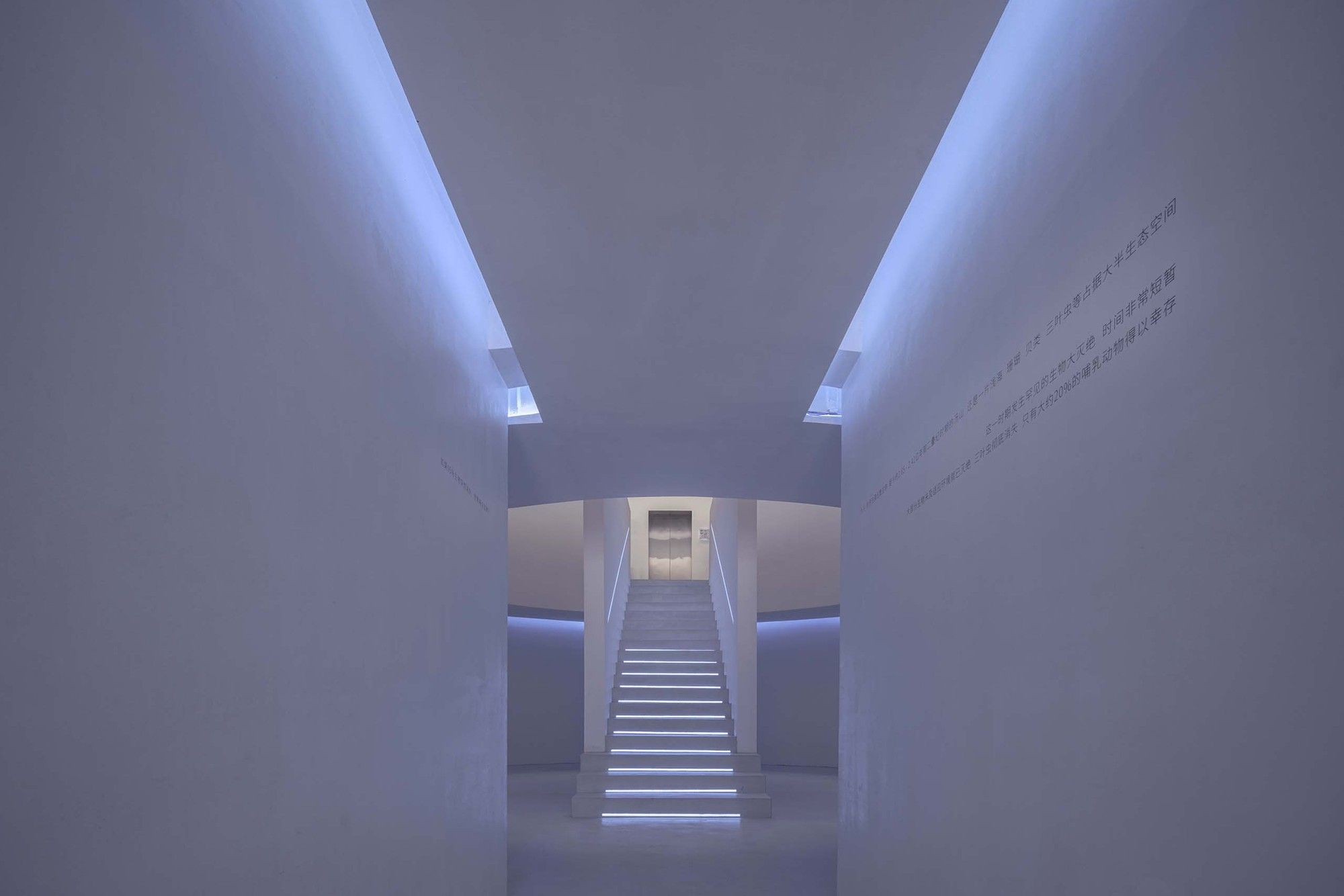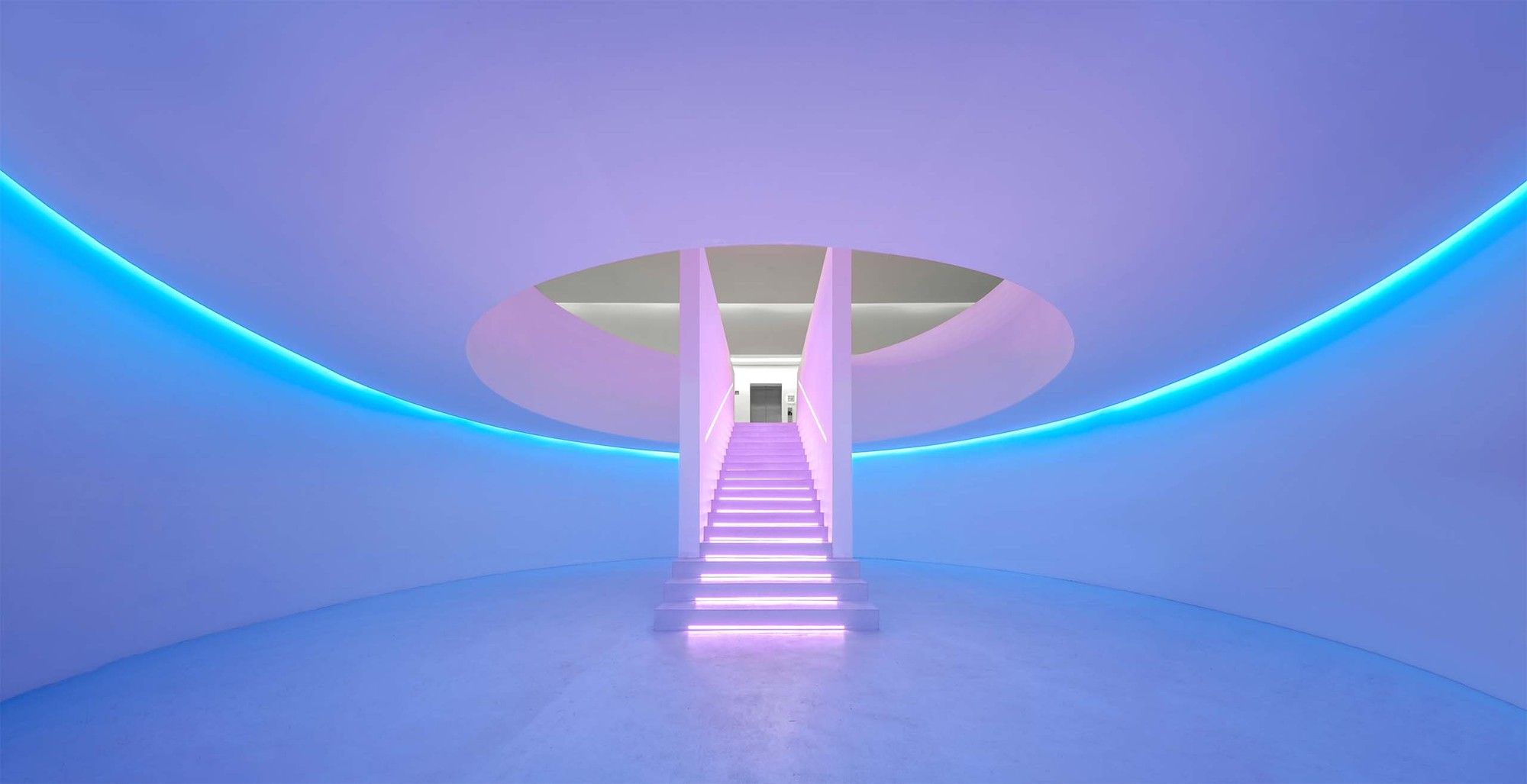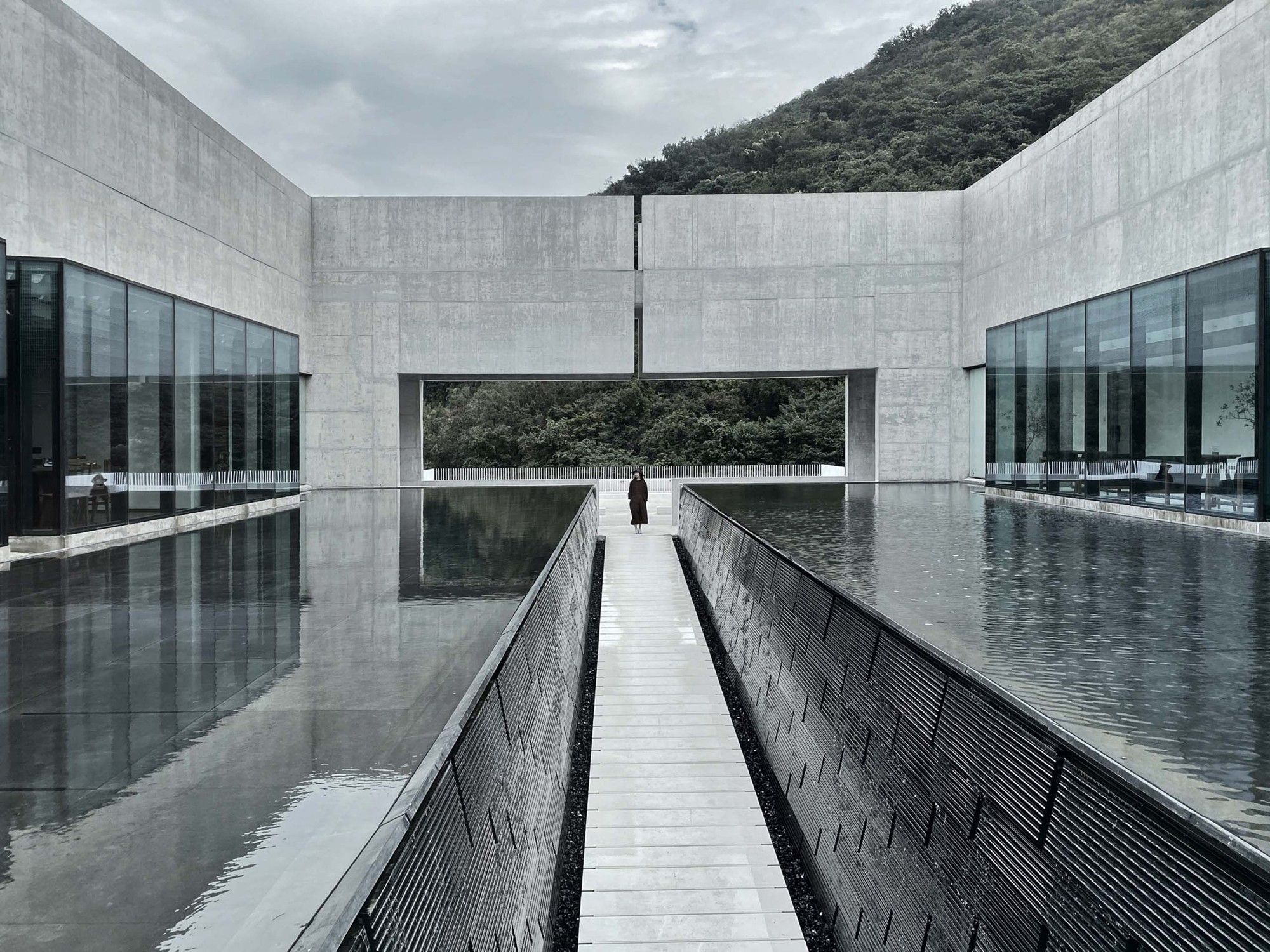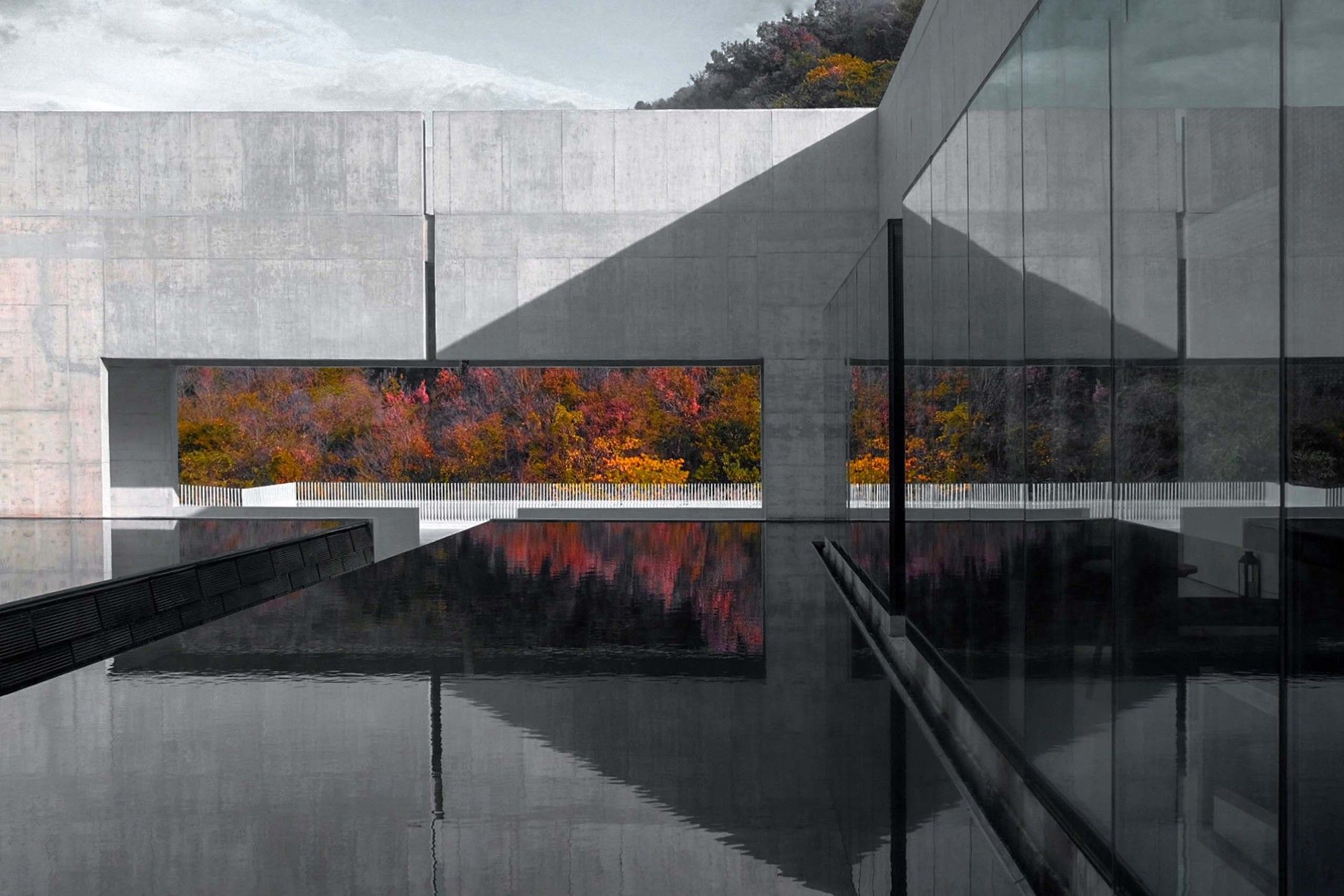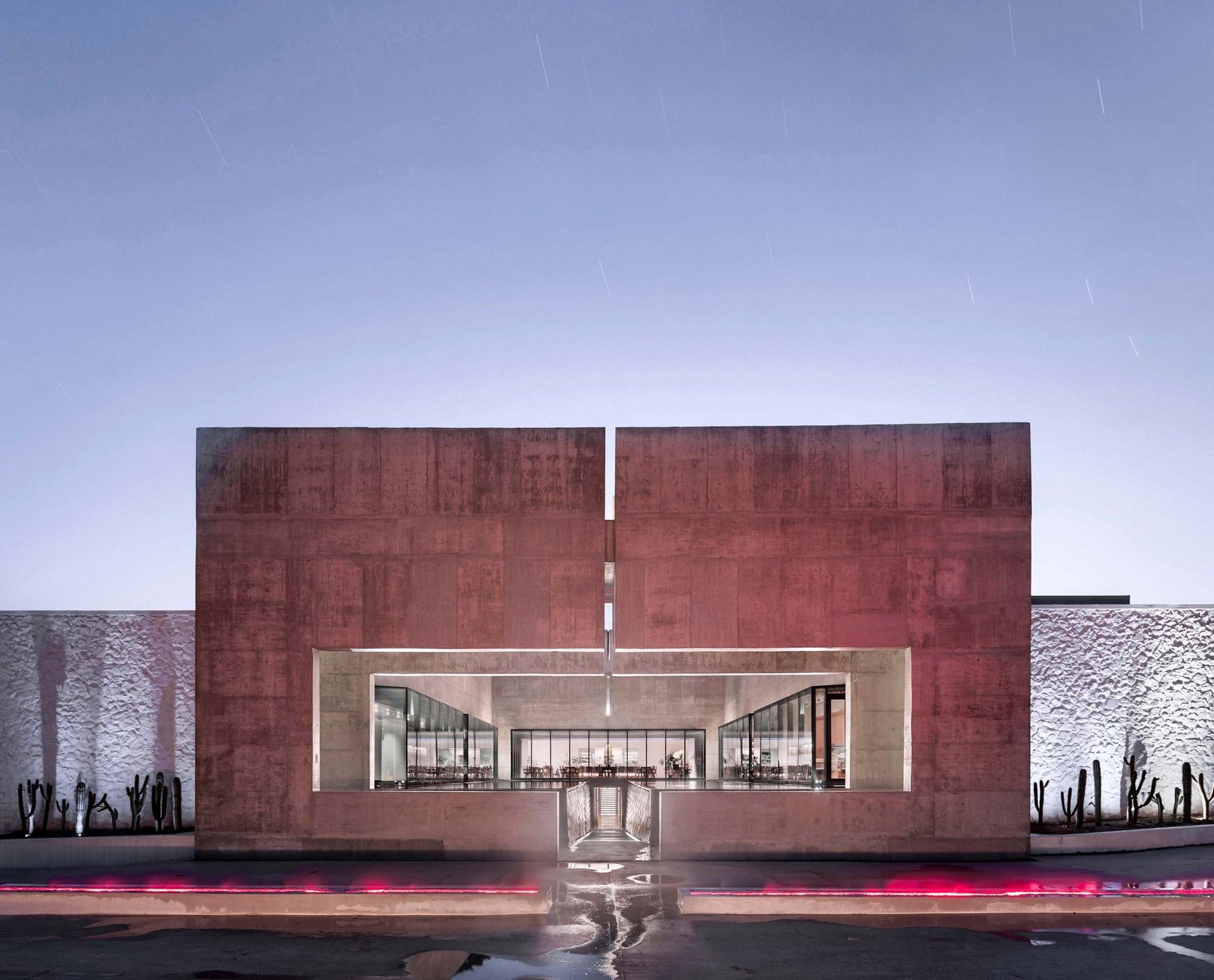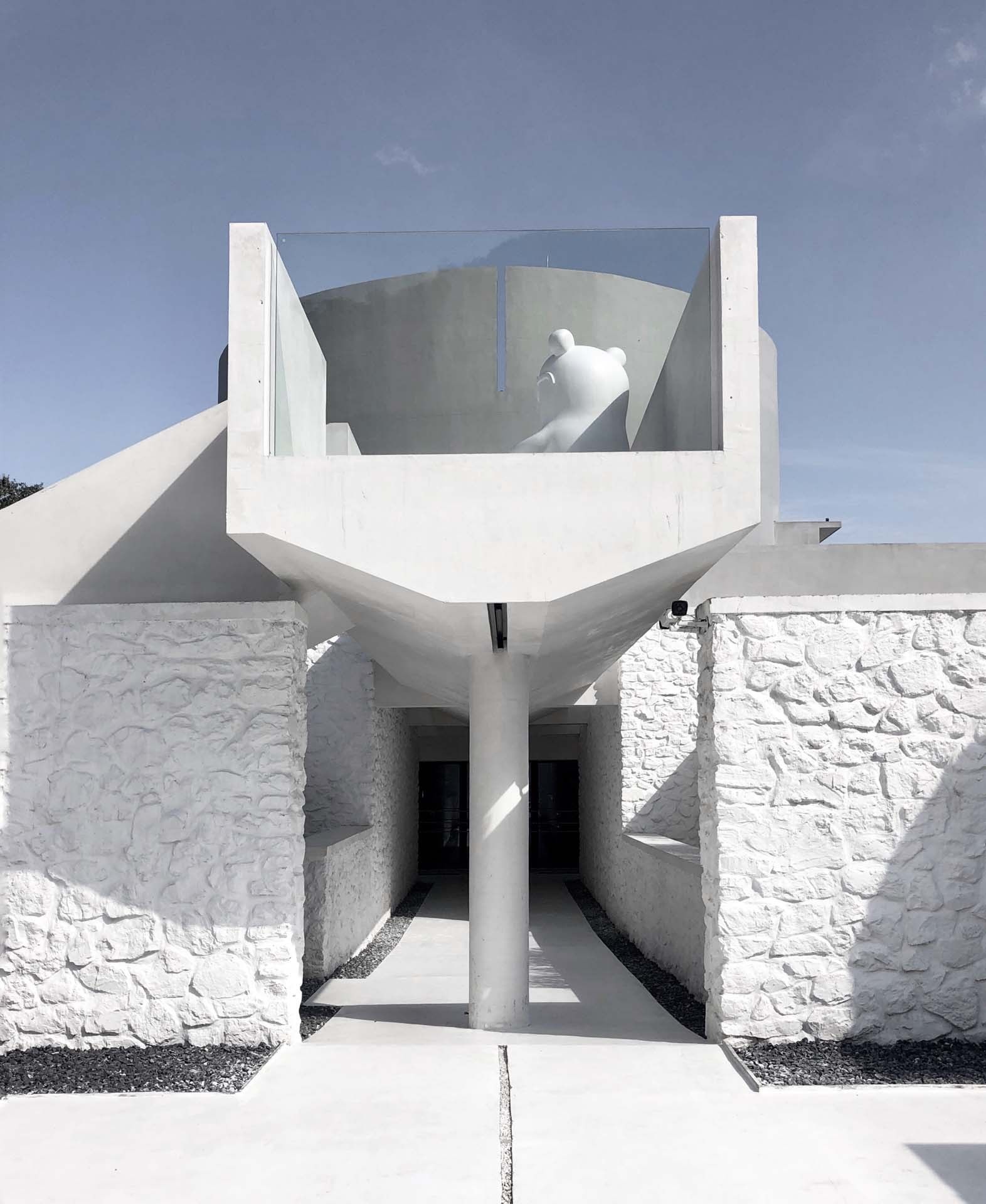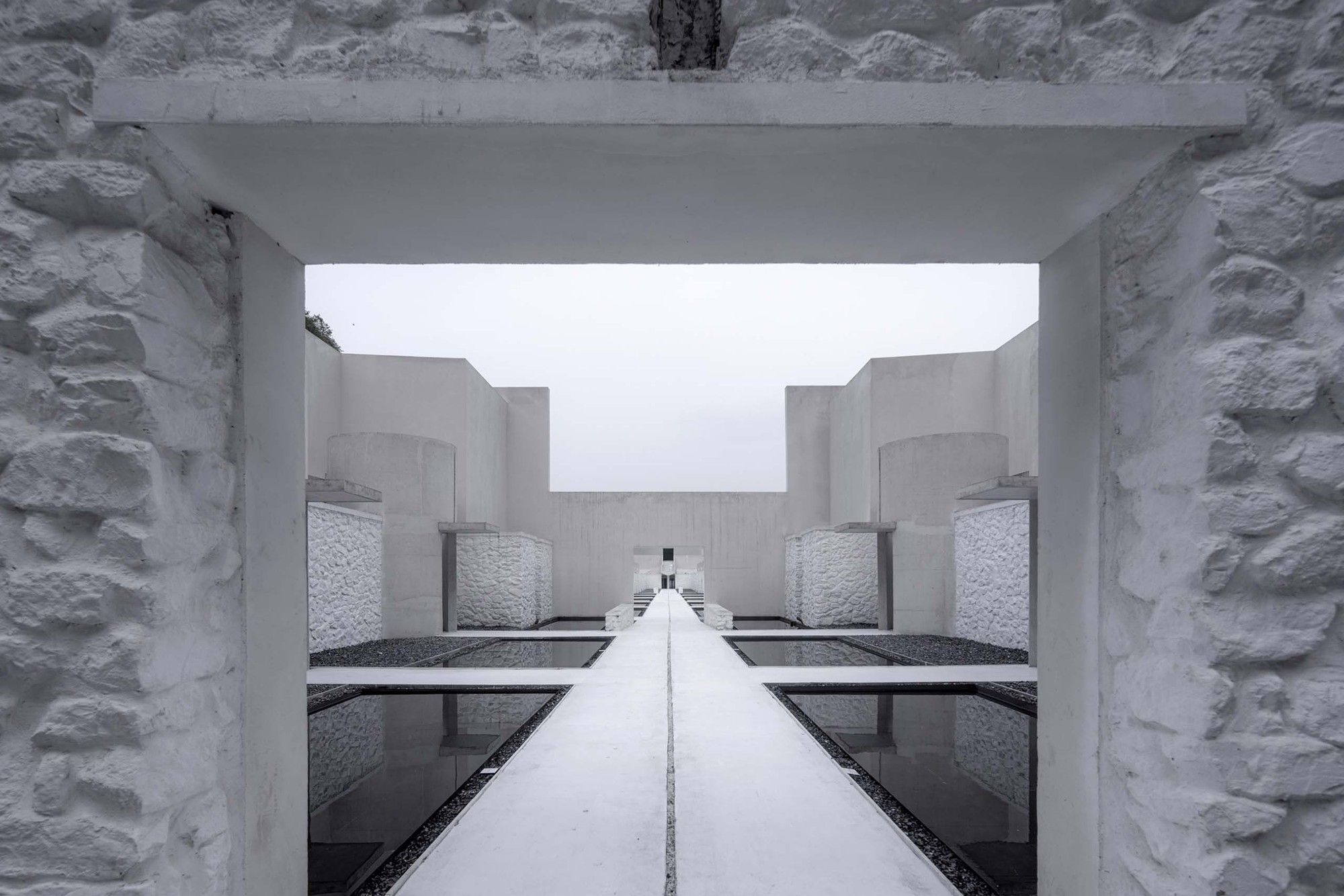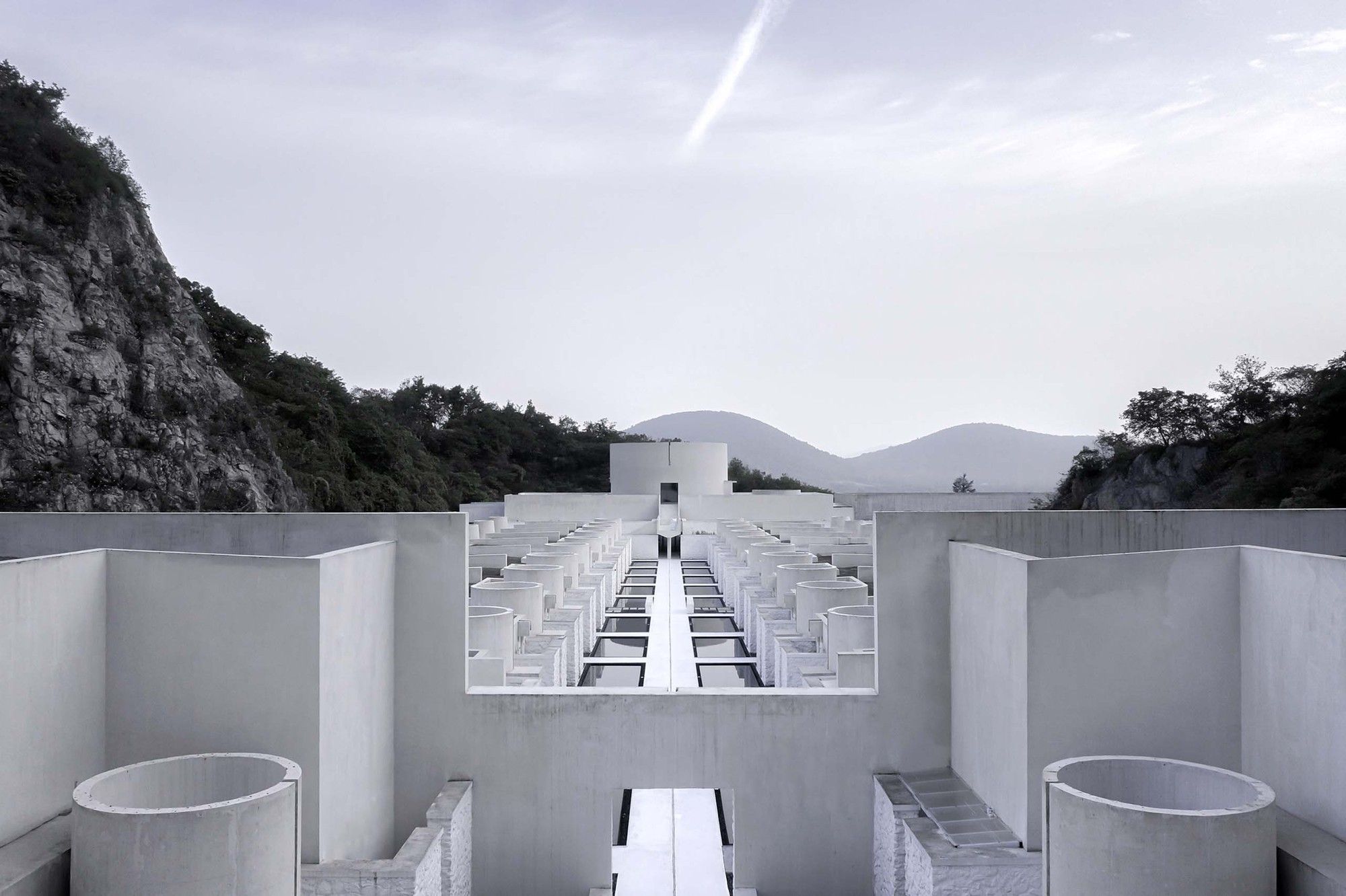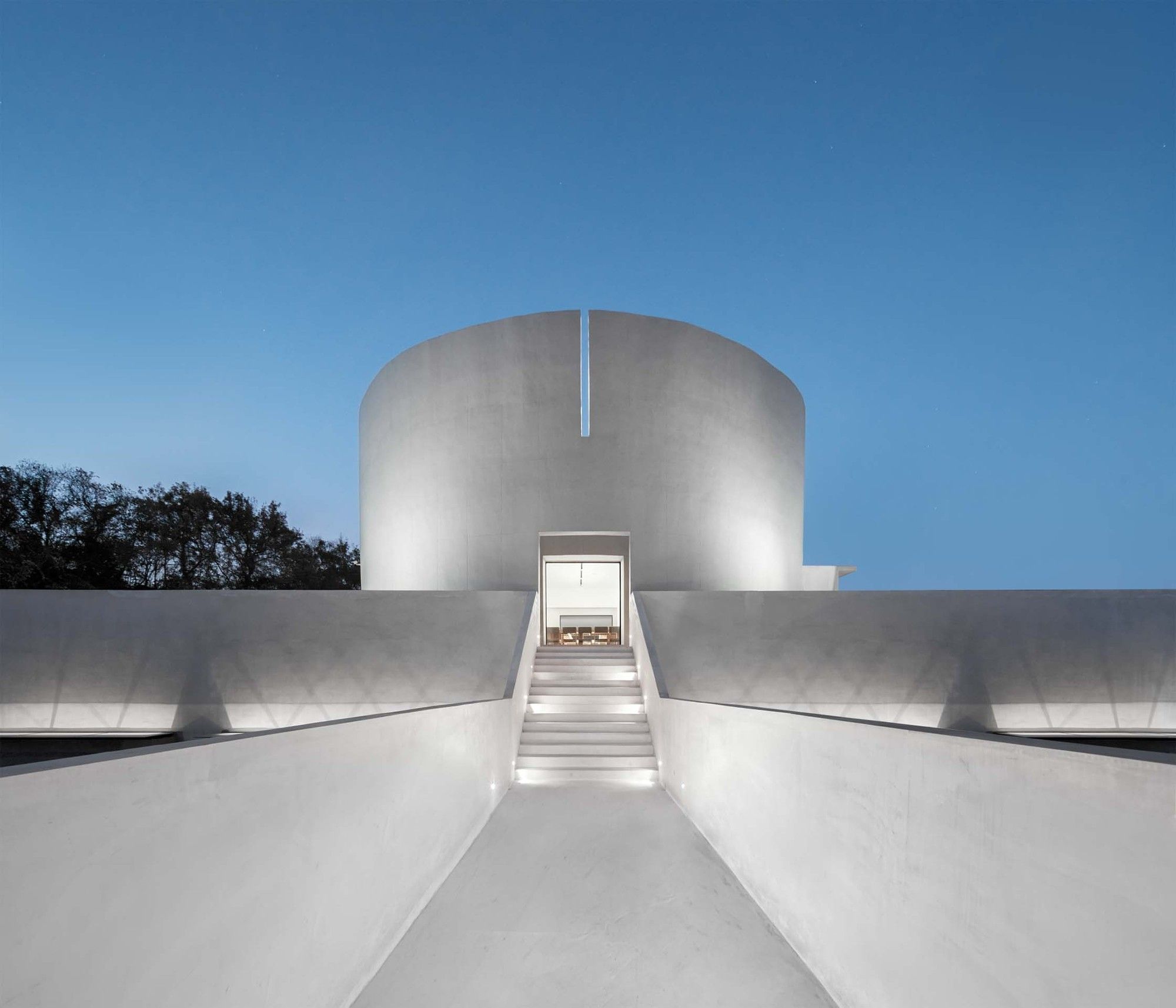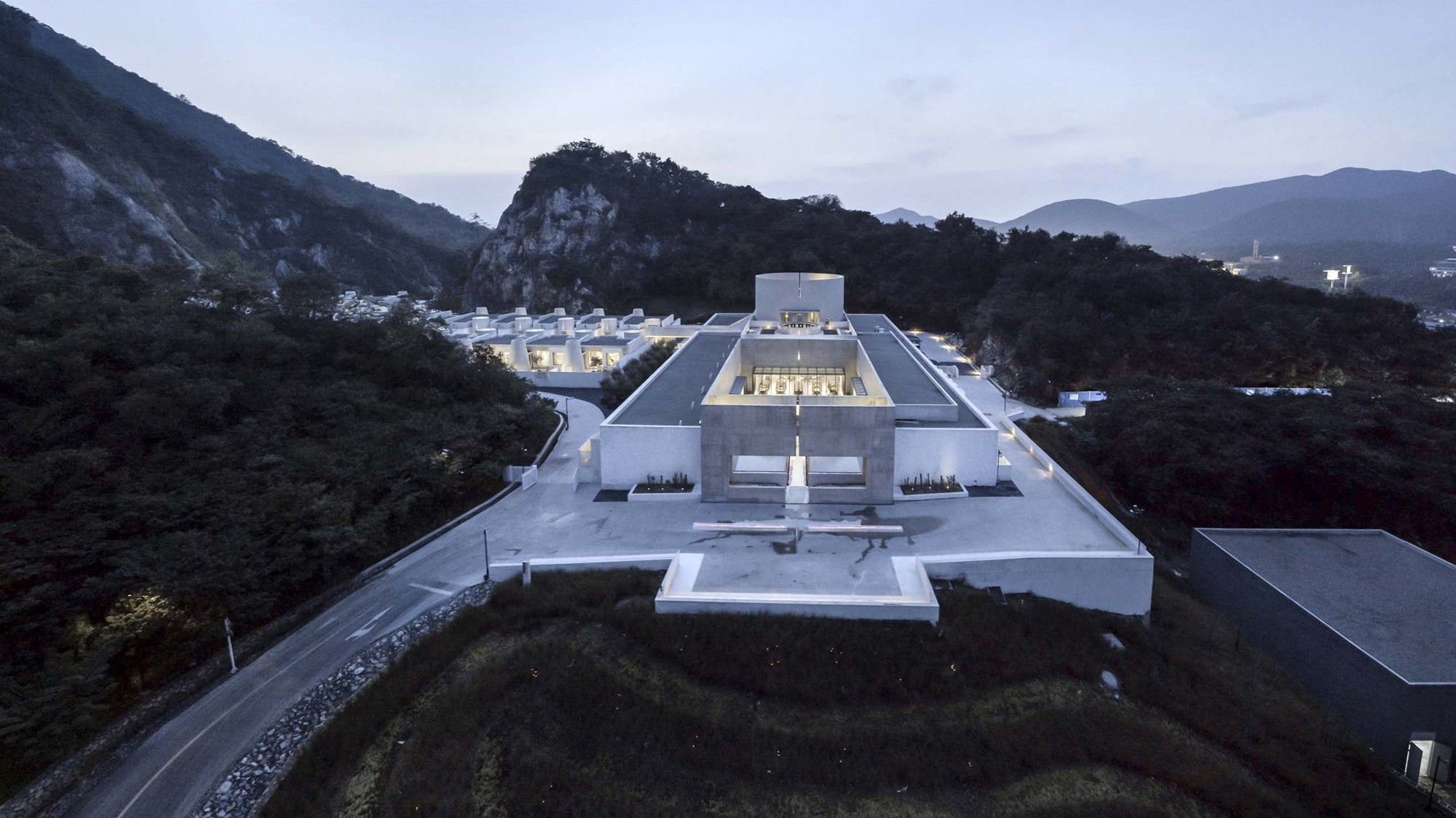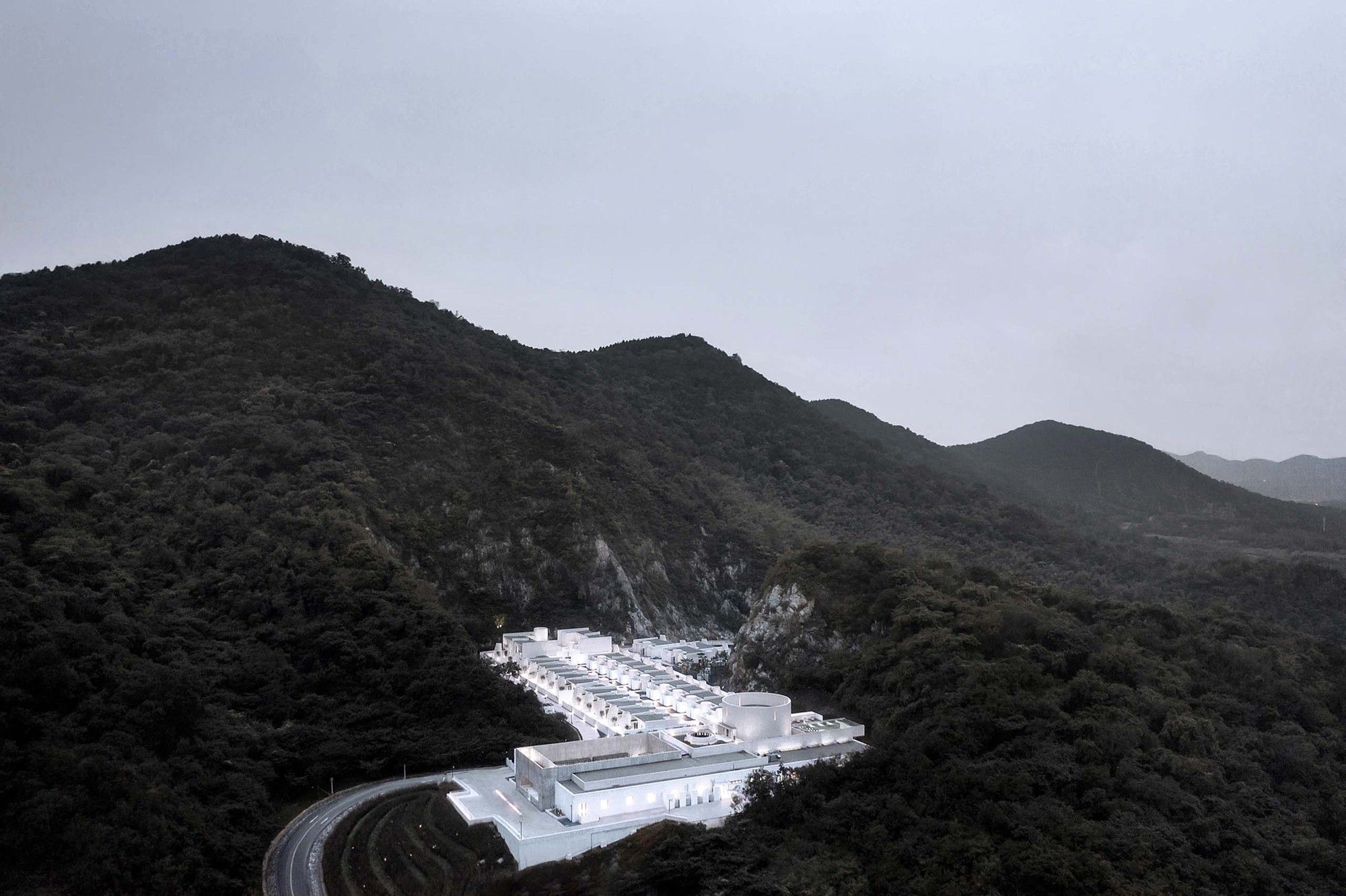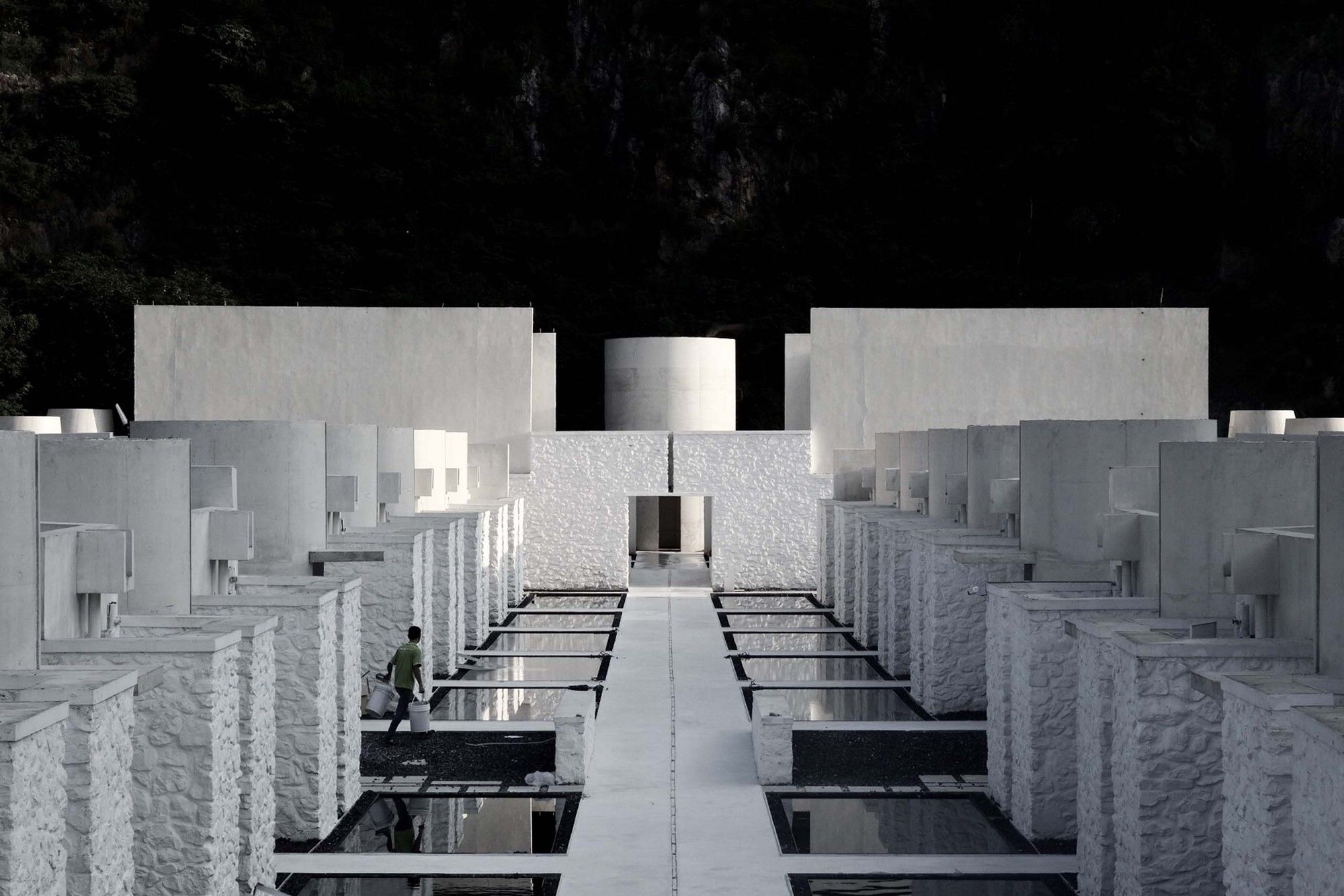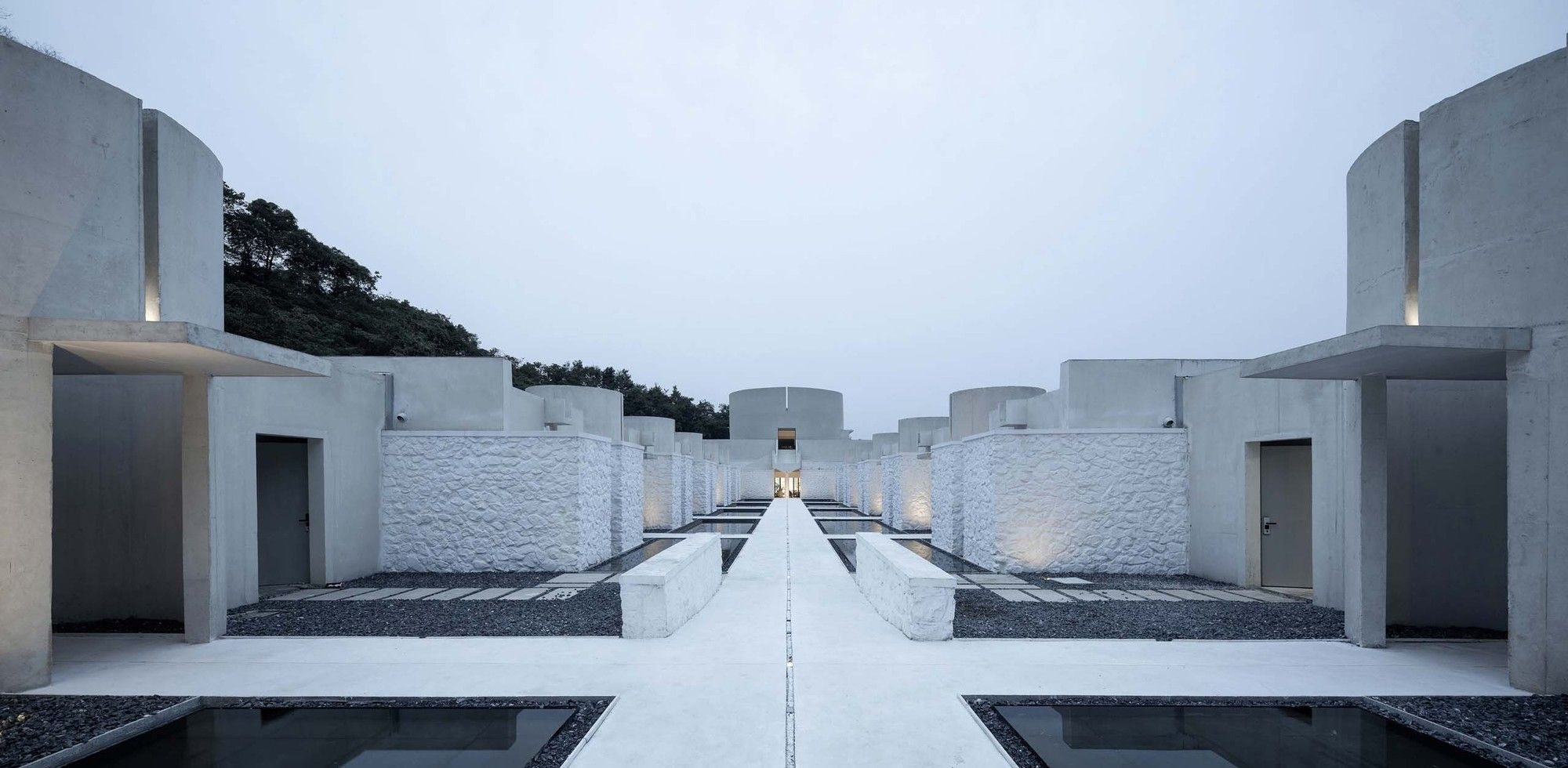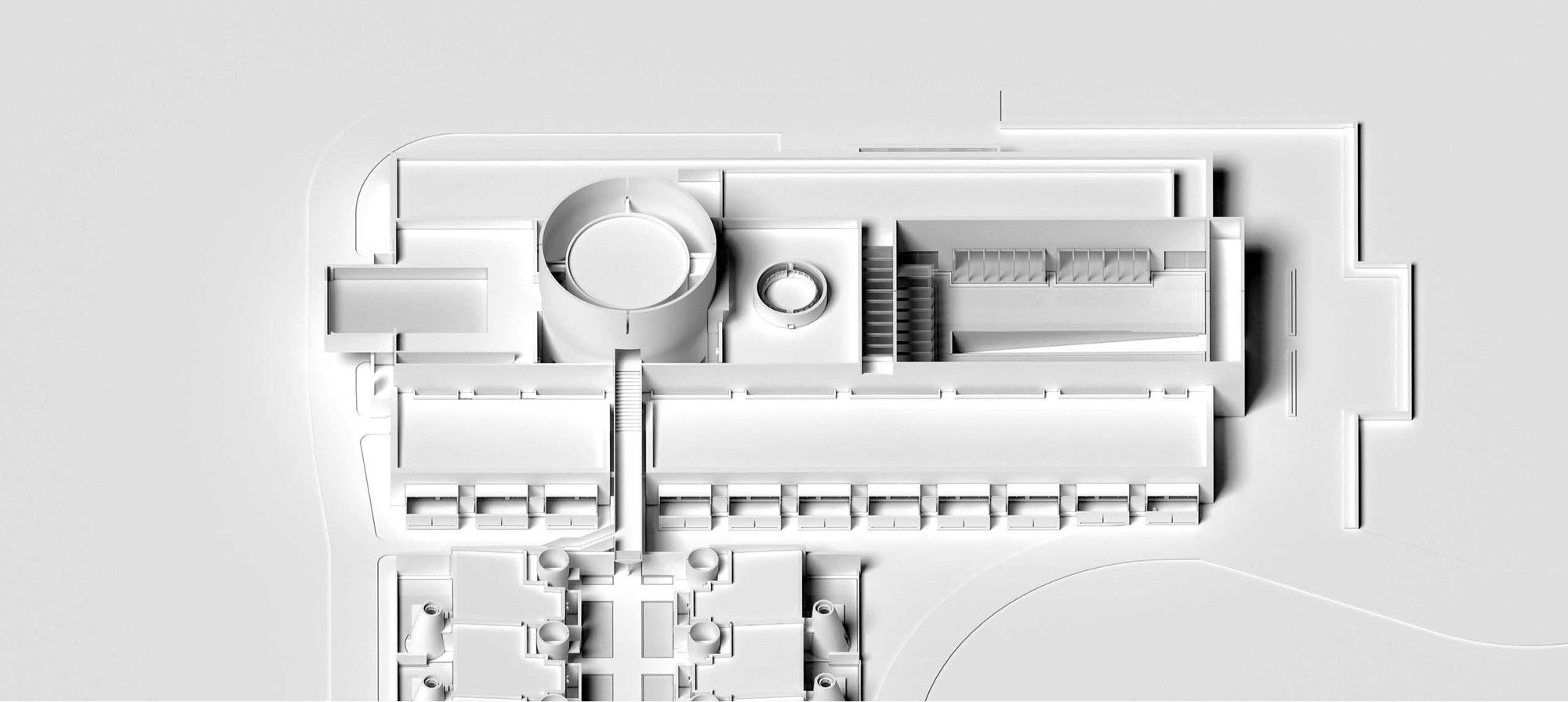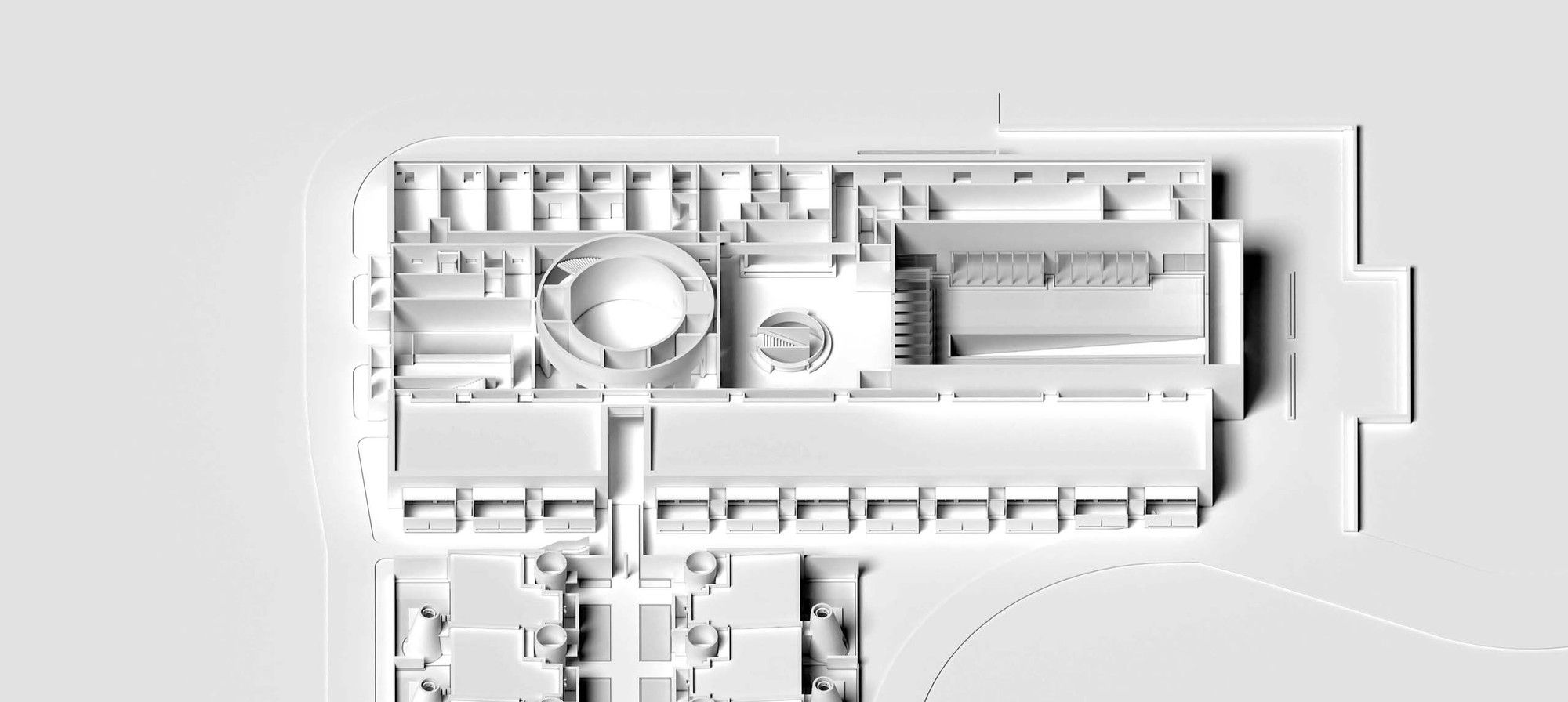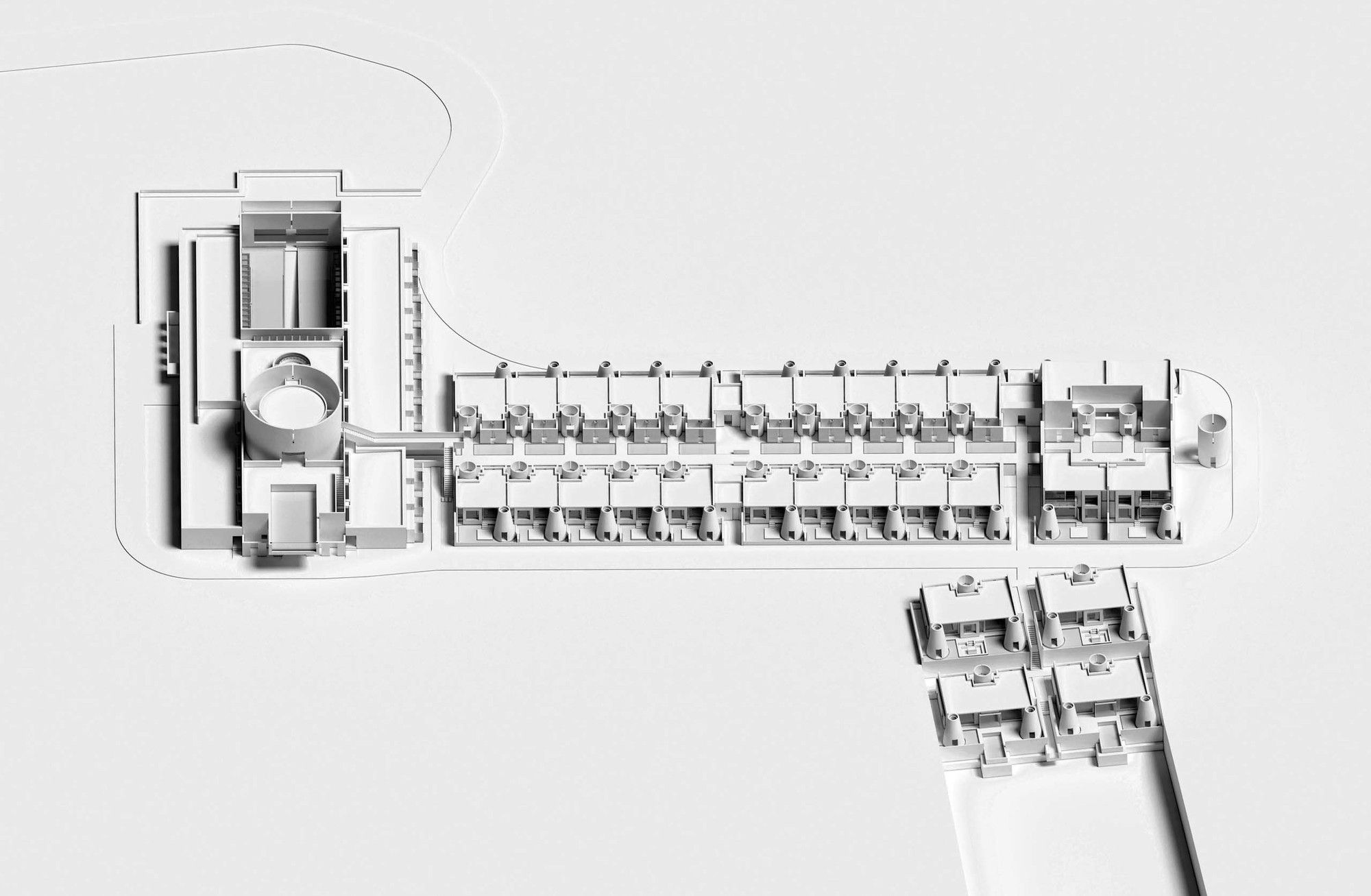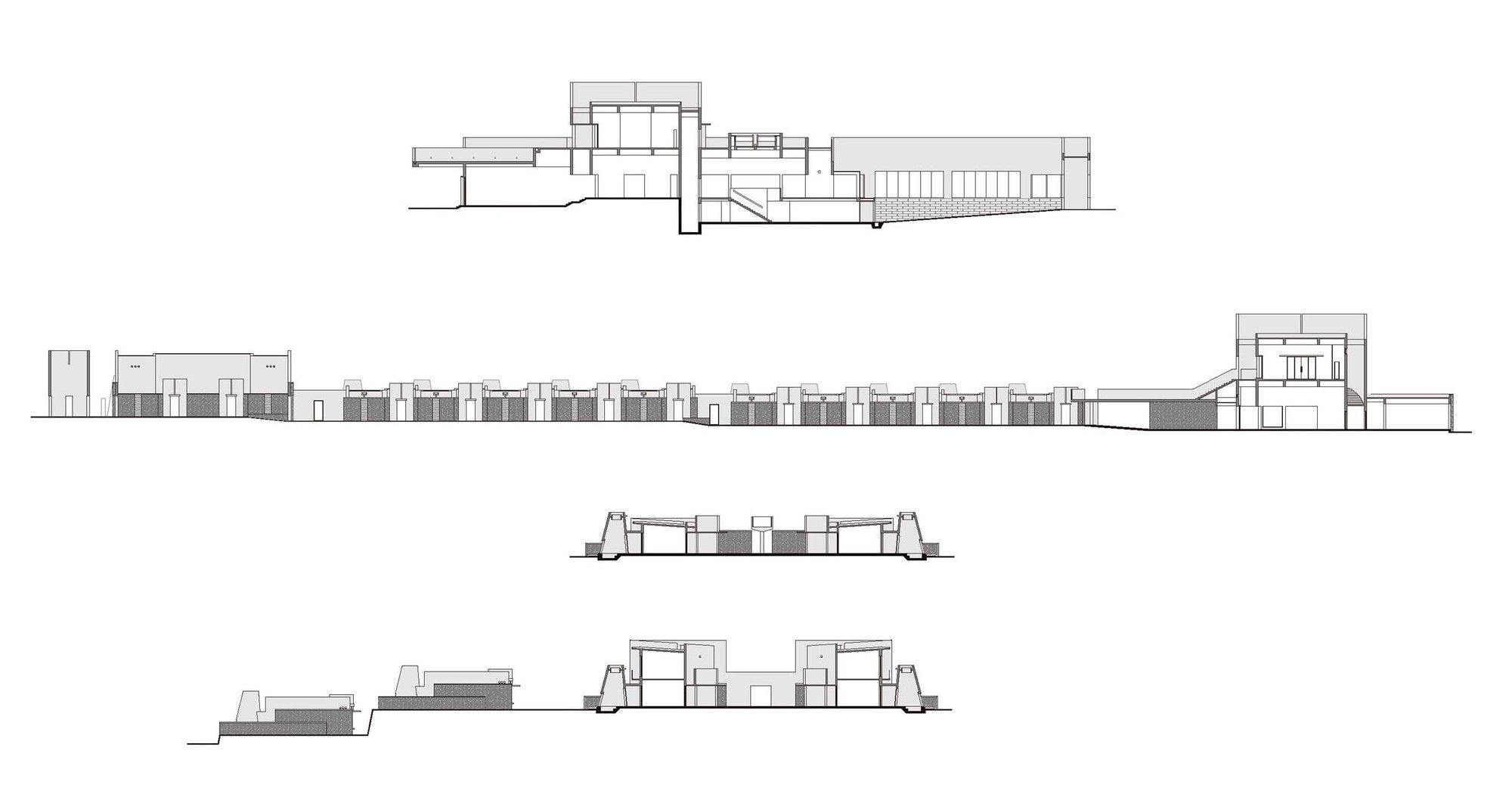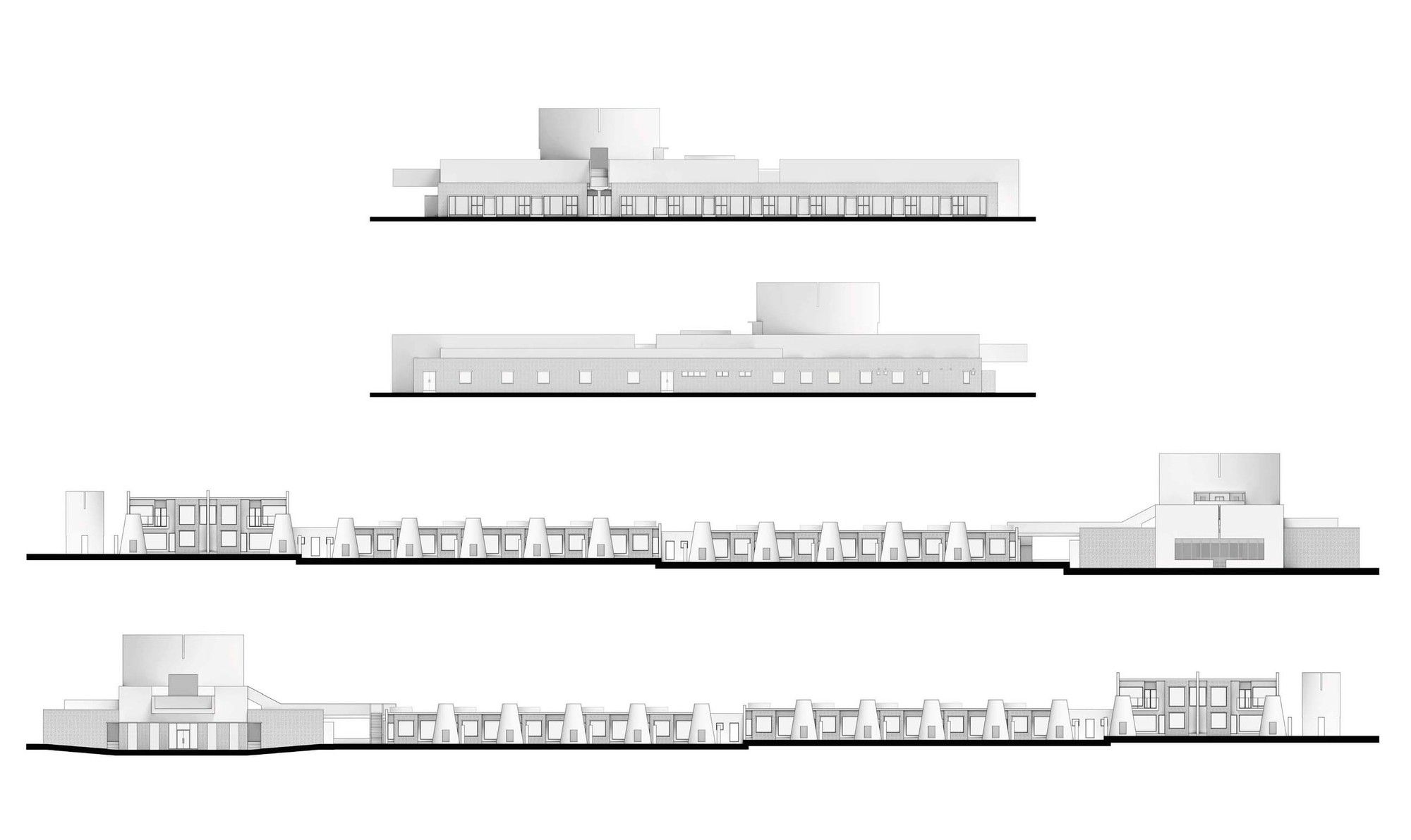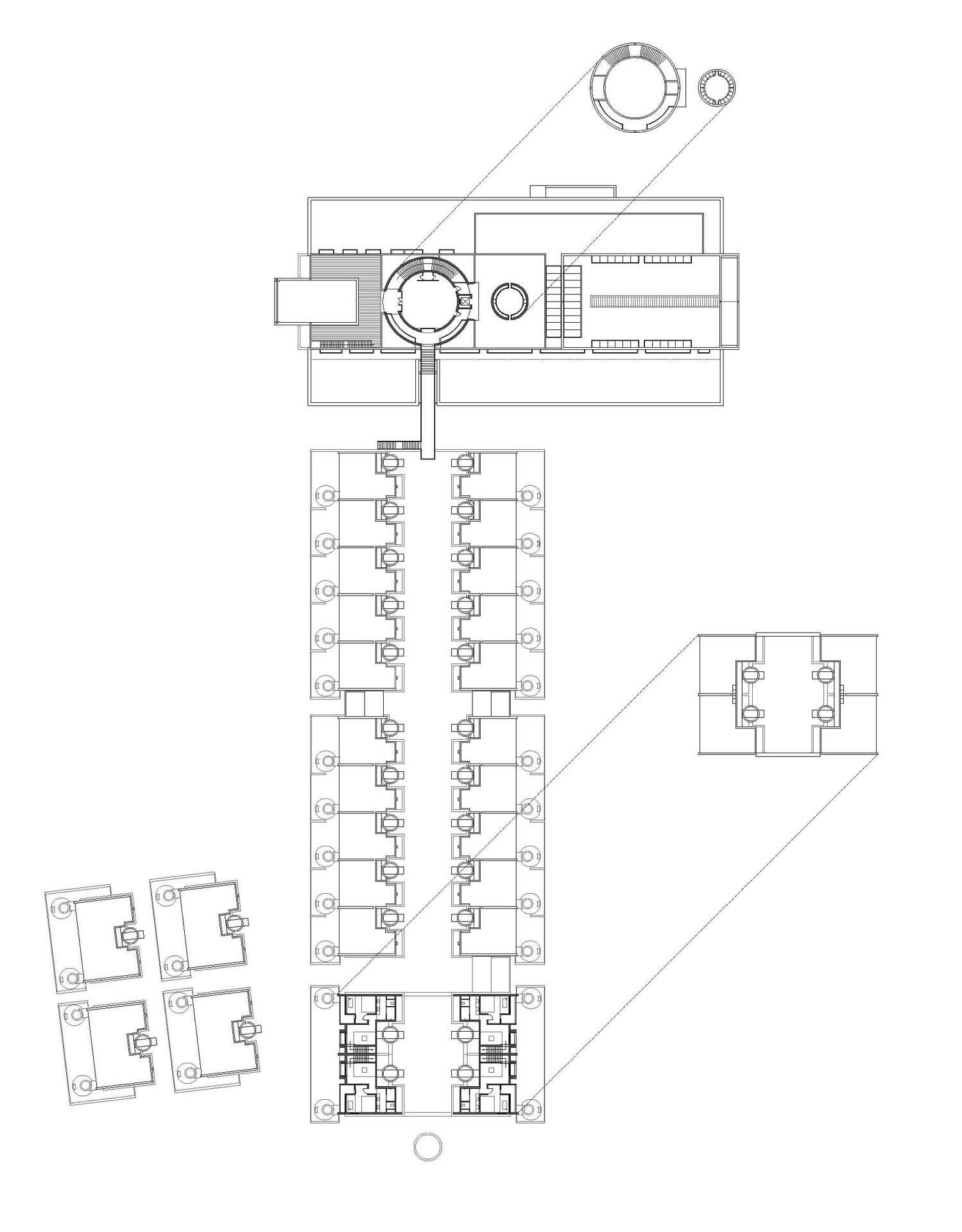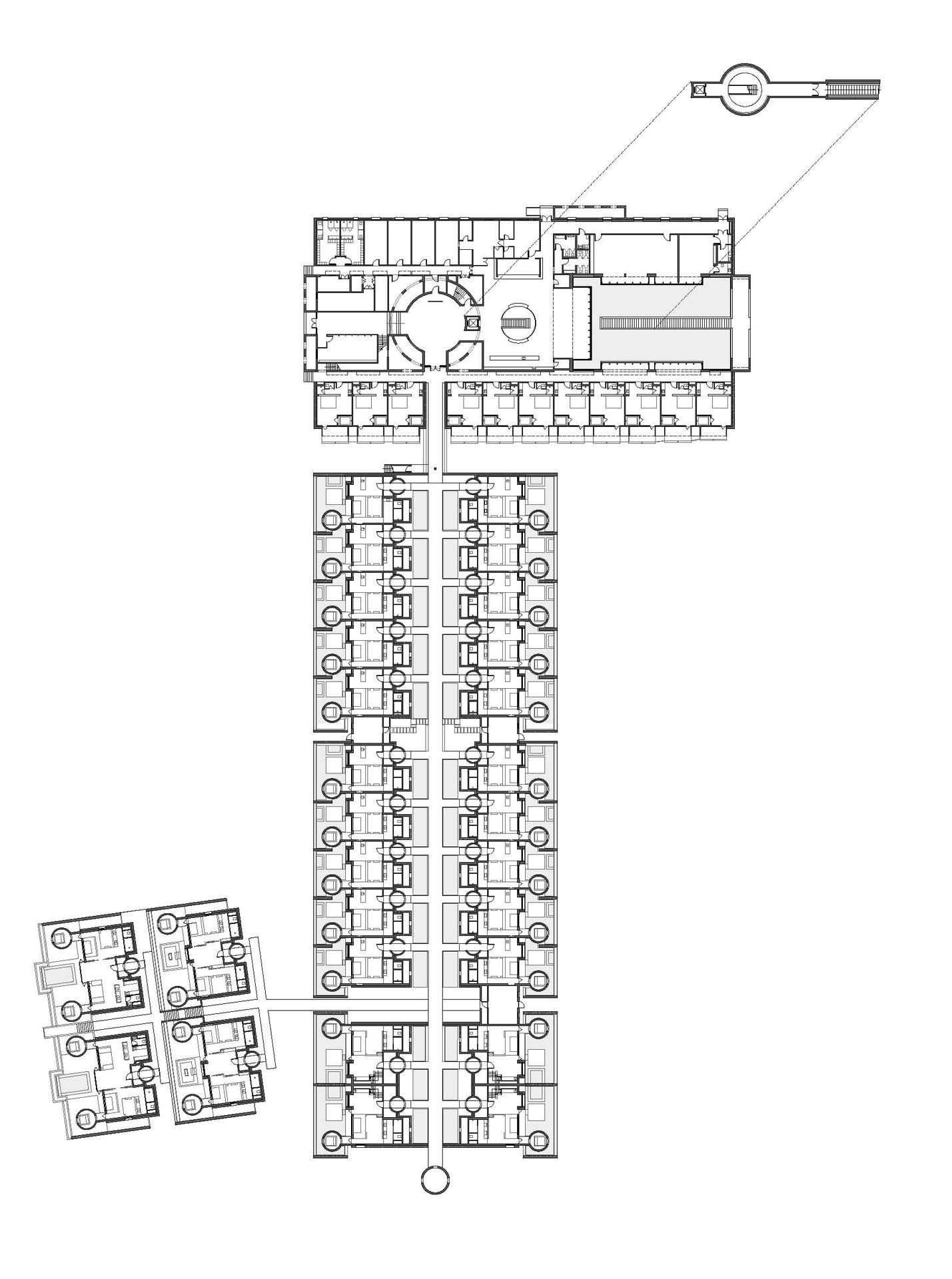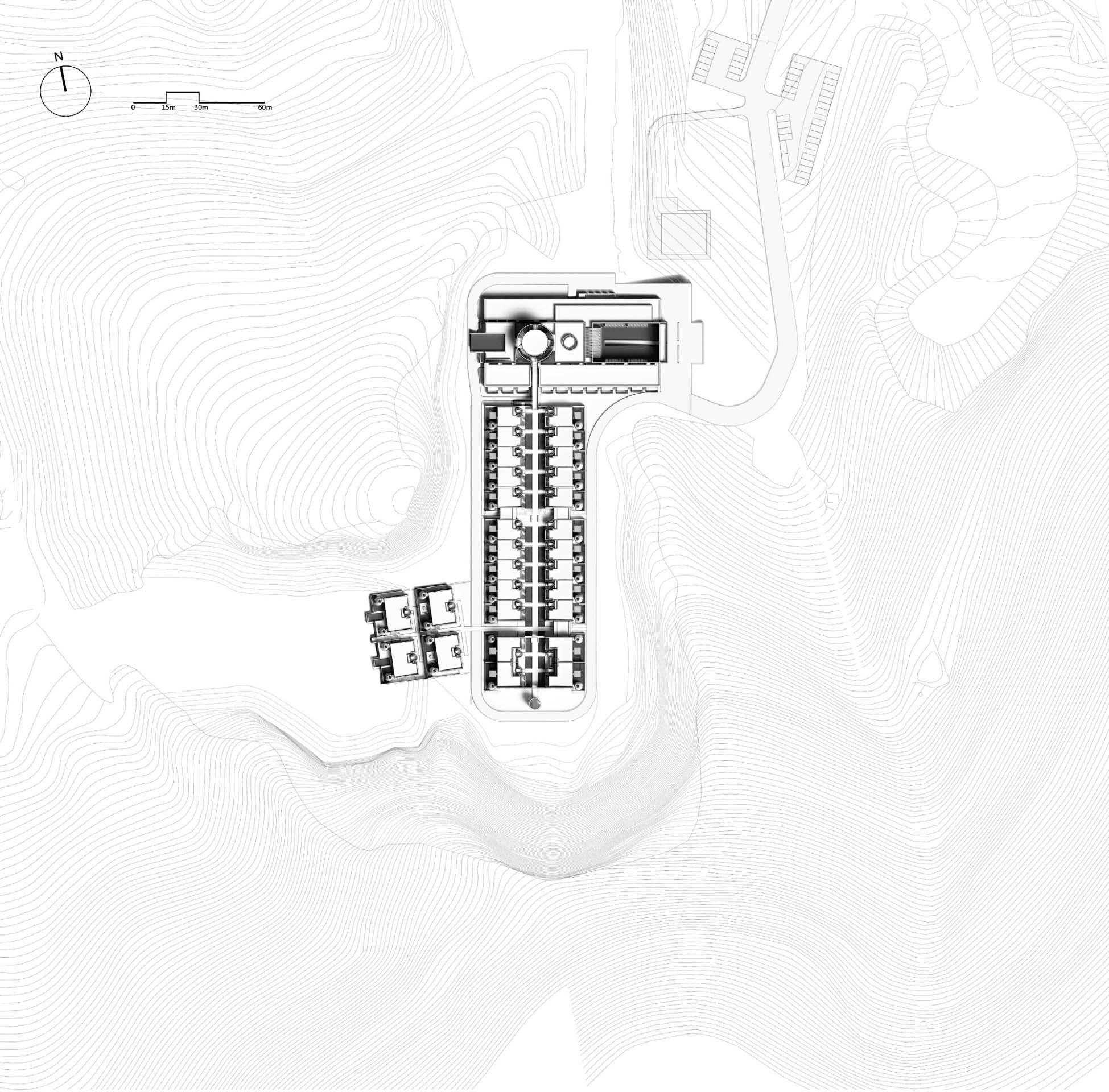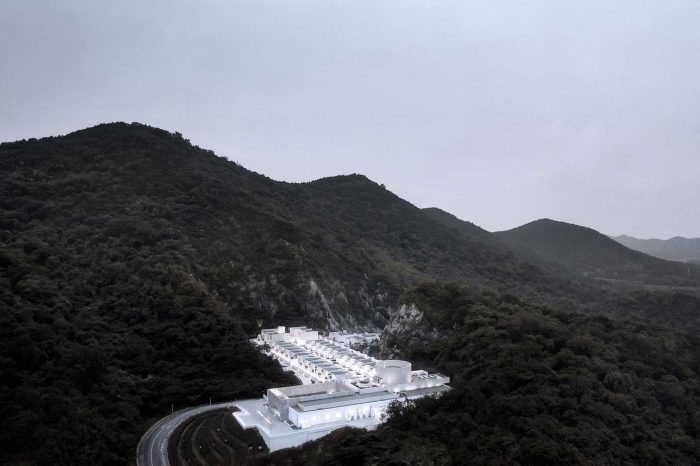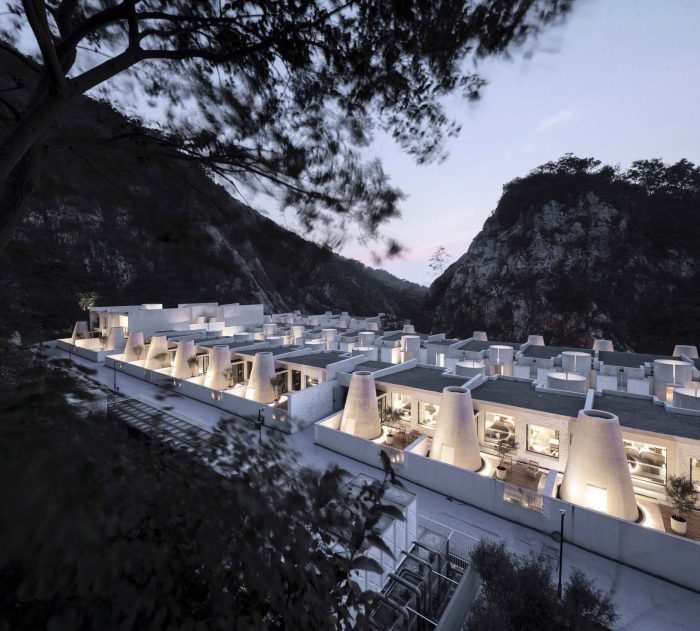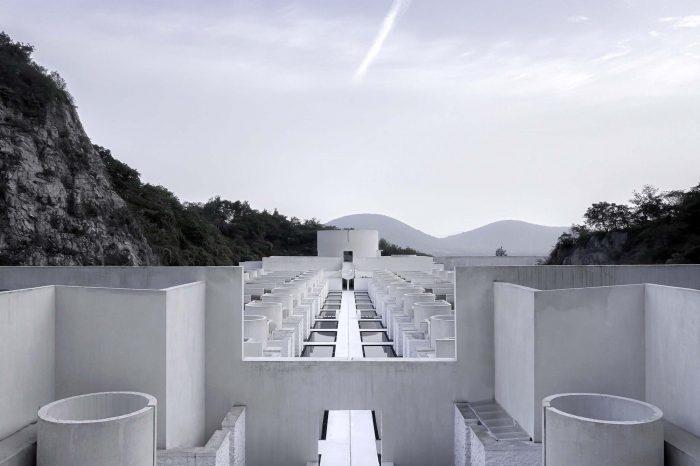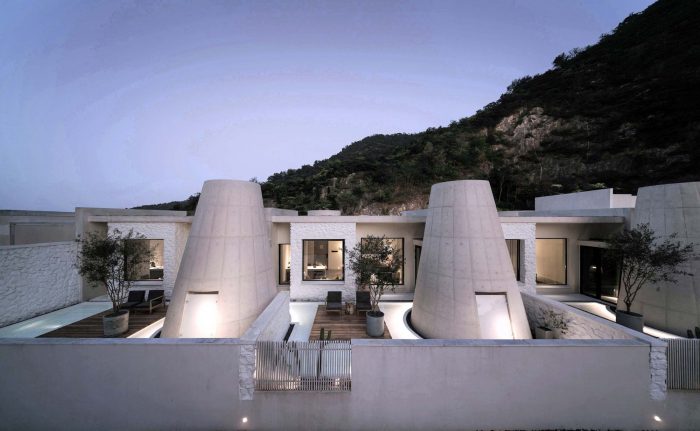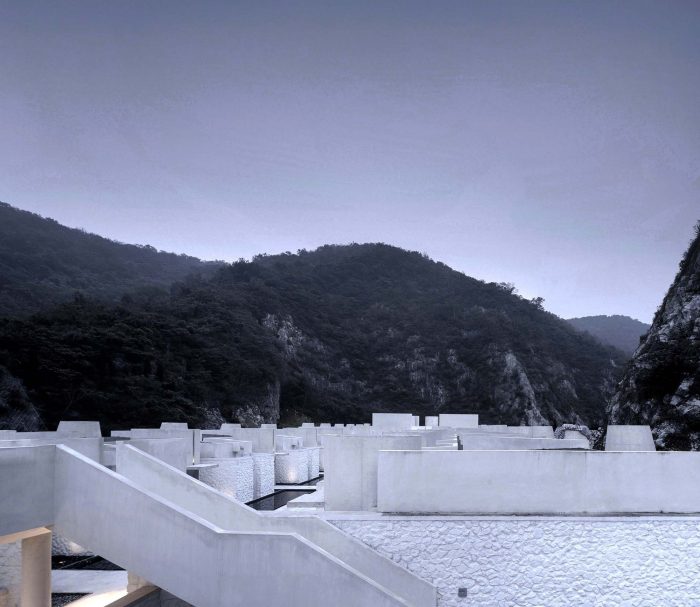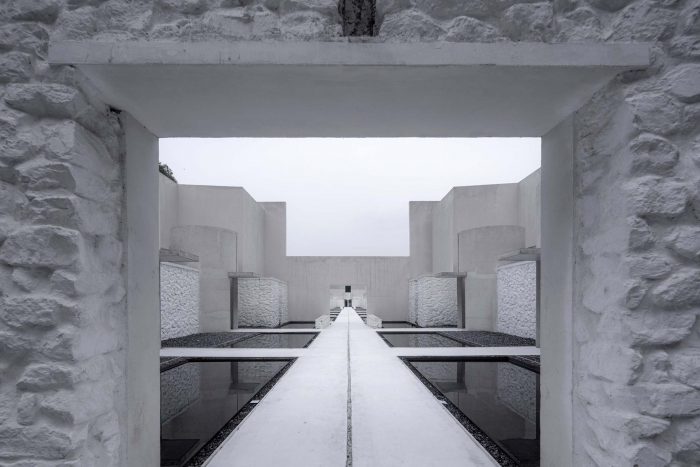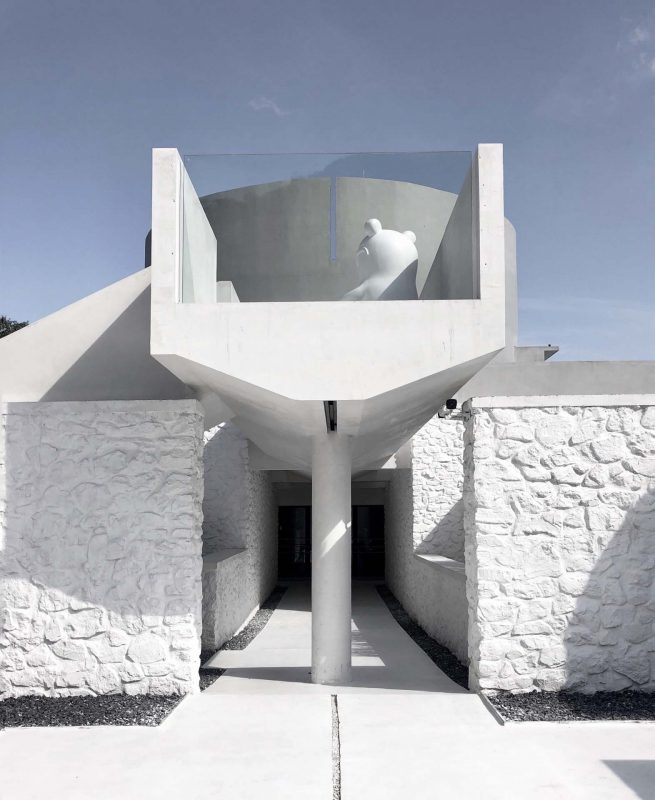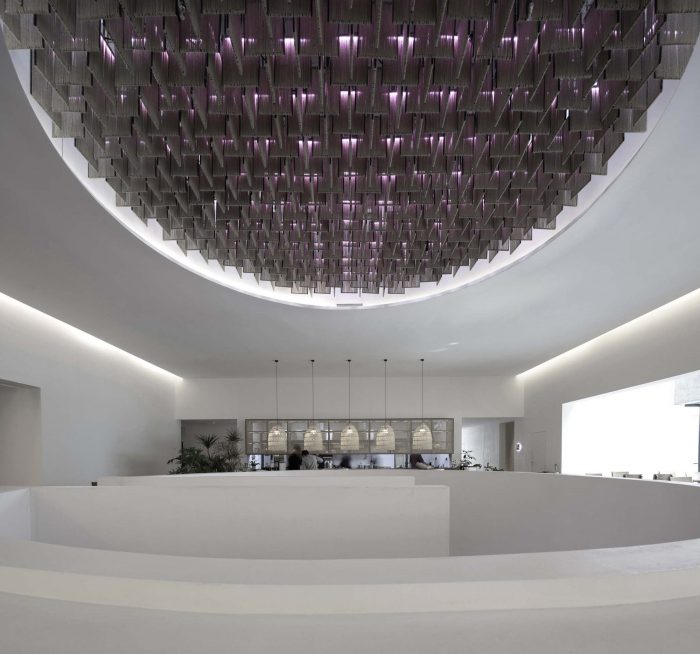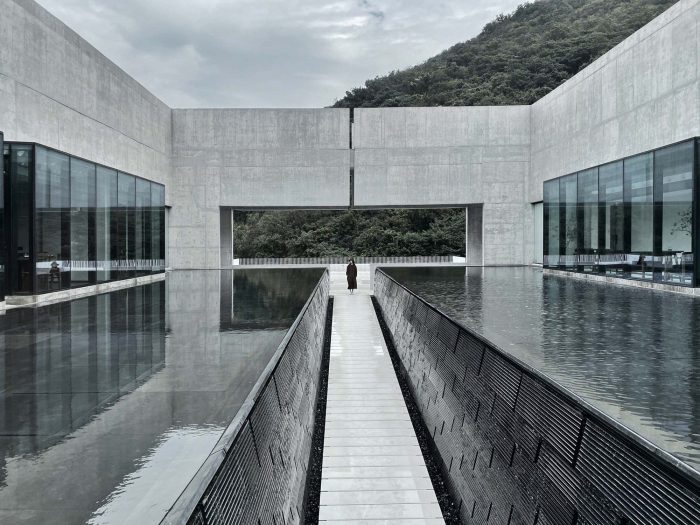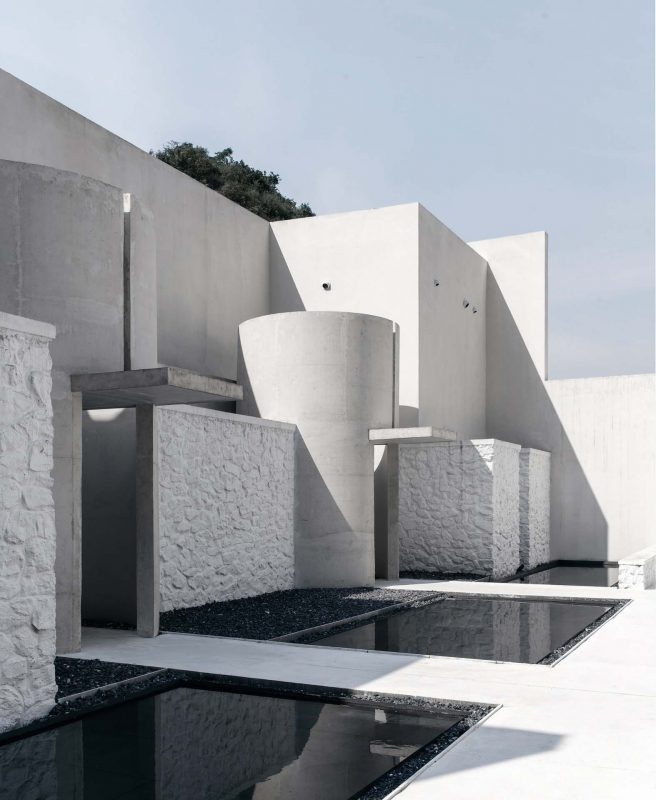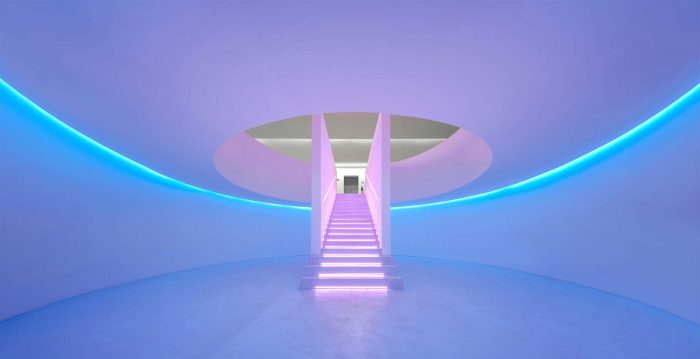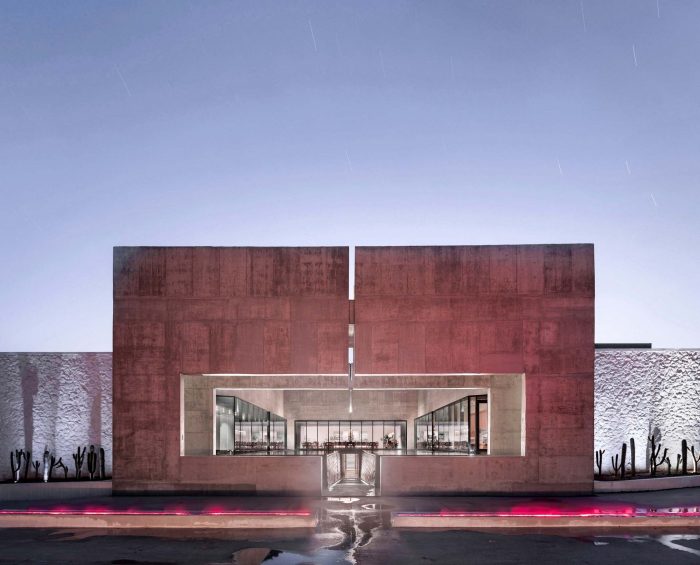History of Earth and Human
Tangshan is located at the eastern foot of Zijin Mountain in the eastern suburbs of Nanjing, where the skull of “Nanjing ape man” dating back to about 600,000 years was found here in the early 1990s. Tangshan Fangshan National Geological Park is a national geological park with the themes of Tangshan Ape-man Cave, geological section, hot spring and Neogene Volcano. As a supporting project of Nanjing Homo Erectus Relic Museum, Ruralation Museum Hotel is located in Tangshan Homo Erectus Relic Park. The site is chosen at an abandoned quarry site on the southwest side of Nanjing Homo Erectus Relic Museum. In recent years, the mountains around the site have undergone ecological restoration and risk elimination by removing pumice, protecting with nets and other measures, and the exposed precipice have become the natural barrier and the rough background of the building.
The landform of Tangshan Stele and Neogene Volcano in Tangshan area is silent, coarse, solemn and historic. Stone is an important characteristic of Tangshan area and also the spirit miniature of Tangshan. China Cement Plant and Jiangnan-Xiao Ye Tian Cement Plant in Tangshan area were famous in the industry. Due to urban expansion and ecological protection in recent years, all cement plants in Tangshan area have been closed and removed, but their high-quality white cement used to be symbolic limestone mineral products in the region. A hot spring hotel is built with the stones from foundation excavation, plus white cement, which is the exploration starting from the materiality of materials. Stone and white cement contain the local gene of Tangshan and the quarry site. Based on the clues of the history of Tangshan geological park and the human history of Tangshan Ape Men, Ruralation Museum Hotel creates a historical place like the ruins of the future and let us feel the evolution of nature in time. From the mysterious human origin of Tangshan homo erectus to romantic prototype space of Ruralation Museum Hotel, the space recovery and connection with time never stop.
Spatial Motion Line
Ruralation Museum Hotel and its surrounding landscape cover an area of about 80mu, and the overall building area is 5500m2. The hotel has 39 hot spring holiday rooms of five types, including courtyard room, townhouse, family villa, mountain view courtyard villa and VIP customized villa. The supporting facilities include Chinese and Western dining halls, conference and multi-functional space, design library, exhibition hall, fitness room, meditation space, landscape activity area and outdoor swimming pool. The “forced” immersive experience of Ruralation Museum Hotel consists of three control axes which connect human, building and nature, guide and enlarge the experience scene. The three axes make the architecture seem to disappear in nature.
The east-west axis of main entrance starts from the front square, and goes through the downslope into the cavernous circular hall so that people feel back to the mysterious genesis of Tangshan ape men. Along the light from the front hall, the lobby is open and clear, and the sight line is back to the east again. The east-west axis of main entrance and the north-south axis are cross at the rotunda. The rotunda is located at the core position of the entire architectural space, with the functions of design library and the Lava Lab lifestyle shop. The axis continues to move westward. The exhibition hall is at the end of the first floor. The design library, Lava Lab lifestyle shop and exhibition hall are arranged at the core area of the space, which define the property of the design hotel with architecture as the core in this project. As going up the circular outdoor stairs from one side of the lobby, three indoor and outdoor public places including the roof garden, multi-functional sharing space and infinite swimming pool spread along the axis from east to west. The axis passes through the swimming pool and integrates into the mountains to form the first disappearance of architecture in nature.
The north-south axis starting from the design library in the rotunda forms the core of the building connecting with nature. For the resort hotel, this space is healing and full of the sense of belonging. As well, the north-south axis is the main motion line connecting the public area with the guest room area. The black shallow pool against the white concrete floor connects 20 stone rooms built with quarrel site stones. The waterscape courtyard of guest room faces the valley cliff, while semi-open-air cylindrical hot spring pools in the courtyard are neatly arranged, forming a vivid boundary of the building.
The two-storey family villa guest room area enriches the rhythm and scale of the central axis. The north-south axis ends at the concrete cylinder at the end of the site, and the cylinder with the background of the precipice is designed into a meditation place. The space diverts here toward the sky, and the building disappears in nature again. The third control axis of Ruralation Museum Hotel turns west again, and the motion line naturally extends to the mountain view. When overlooking the distant mountains and sunset on the western side of the building, the boundary of the physical space ends at the cantilevered platform, while the building disappears in nature for the third time.
Content Experience
Bauhaus starting in 1919 hoped to integrate the design of various categories with architecture as the core. A hundred of year later, Ruralation Museum Hotel gives full play to the power of the overall design to visualize the life dream, and presents local characteristics of profound earth history and human history of Tangshan. The museum-like spatial rite sense of building and the daily life of hot spring hotel interact with each other, and the heuristic immersive space is created through the introduction of Tangshan earth history and human history to reinforce the mystical and romantic experience which disengages from everyday life. The hotel is also an art gallery.
The cross opening on the concrete entrance facade is silent and historical, which defines the opening of building. A long passage passes through the waterfall goes into the mysterious place of history. From the entryway to the cavernous vestibule, time is pulled back to the mysterious genesis of Tangshan ape men. Above the hollow rotunda, the backdrop woven with hemp ropes is the mysterious starry sky. The eighteen light steps further enhance the spatial rite of access to the hall. The reception desk and open kitchen are respectively arranged at the north and south sides of the hotel lobby, and it is open to the east, facing the water courtyard. 30 architectural models from AZL architects are displayed on the background wall of the reception desk, and the spatial attribute of the Design Hotel is defined.
The entire architectural groups surrounded by the valley can be overlooked from the roof terrace. The concrete cylinders with high-density array, stone house roof and the precipice form the relationship between architecture and nature, and create the historical sense like a future site. The meditation space at the end of the north-south axis is a container for time and nature. The energy gathered by the north-south axis is divided here into two parts. One part continues into the valley walls, and the rest part diverts over the valley through the concrete cylinder, connecting sky and earth. Echoing with the local context of Tangshan homo erectus cave, continuous white cement interface is adopted for furniture, walls and floors of the guest rooms to create a relaxing holiday atmosphere of lying on the ground and bring the different romantic experience of “a high-class sense of only four walls in a room” in this hot spring hotel.
Material Details
The space creation and immersive experience process of Ruralation Museum Hotel fully embodies the design idea on the relationship between man and space, between materials and construction and between site and place. White cement concrete cylinder, white stone exterior wall, white cement pavement, grey white nanometer cement wall, furniture and platform are entirely used in the building. White as the main space tone creates a simple, pure and romantic atmosphere. Ruralation Museum Hotel is built with the waste stones on the quarry site. The hand-made fabrics such as hemp rope and rattan plaited articles, Lava Lab’s exclusive Tyvek series of household products, and special cement series of guest room products are used, and environmental protection goes through the immersive experience.
Design aesthetics is applied to enhance experience and help environmental protection. Ruralation Museum Hotel explores the basic attribute of the Design Hotel through the rich content of immersive space architecture-centered overall design and regular exhibition. With regard to the immersive experience, the dialectical relationship between human and nature is expressed through the text of Tangshan earth history and human history on the important space. Ruralation Museum Hotel is like a lobby to Nanjing Homo Erectus Relic Museum, which is 300m away from the Museum. On the walls of the public space and guest rooms, material concept, warm tips and environmental protection concept are magnified through printing, and presented in a more ceremonial manner, which surpasses imperfectness in daily life and changes the way of seeing the world. The hotel is also an art gallery.
Ruralation Museum Hotel with the theme of concrete, stone and water is the genetic extension of the original landform of quarral site. The earth history and human history of Tangshan are perceived and experienced by the design power. Place recovery with time and the unity of form and content reappear through the idea of independent, primitive and simple space construction. Ruralation Museum Hotel belongs to Tangshan and also to anywhere.
Project Info:
Architects: AZL Architects
Area :5500 m²
Year :2020
Photographs: Wen Studio, Li Yao, Xiao Xiong, Suhong Dong, Xiaojun Zhang, Rongshi Lei, Wenjian Qiu
Lead Architects: Lei Zhang, Wei Qi
Design Team: Haibo Jin, Liang Wang
Interior Design: Haiyi Ma, Yue Du, Ping Liu, Wenjian Zhu, Rong Huang
Landscape Design: Min Zhao, Zhiyuan Jiang, Junjun Chen
Cooperative Organization: Institute of Architecture Design and Planing Co.,Ltd.of Nanjing University
City: Nanjing
Country: China
